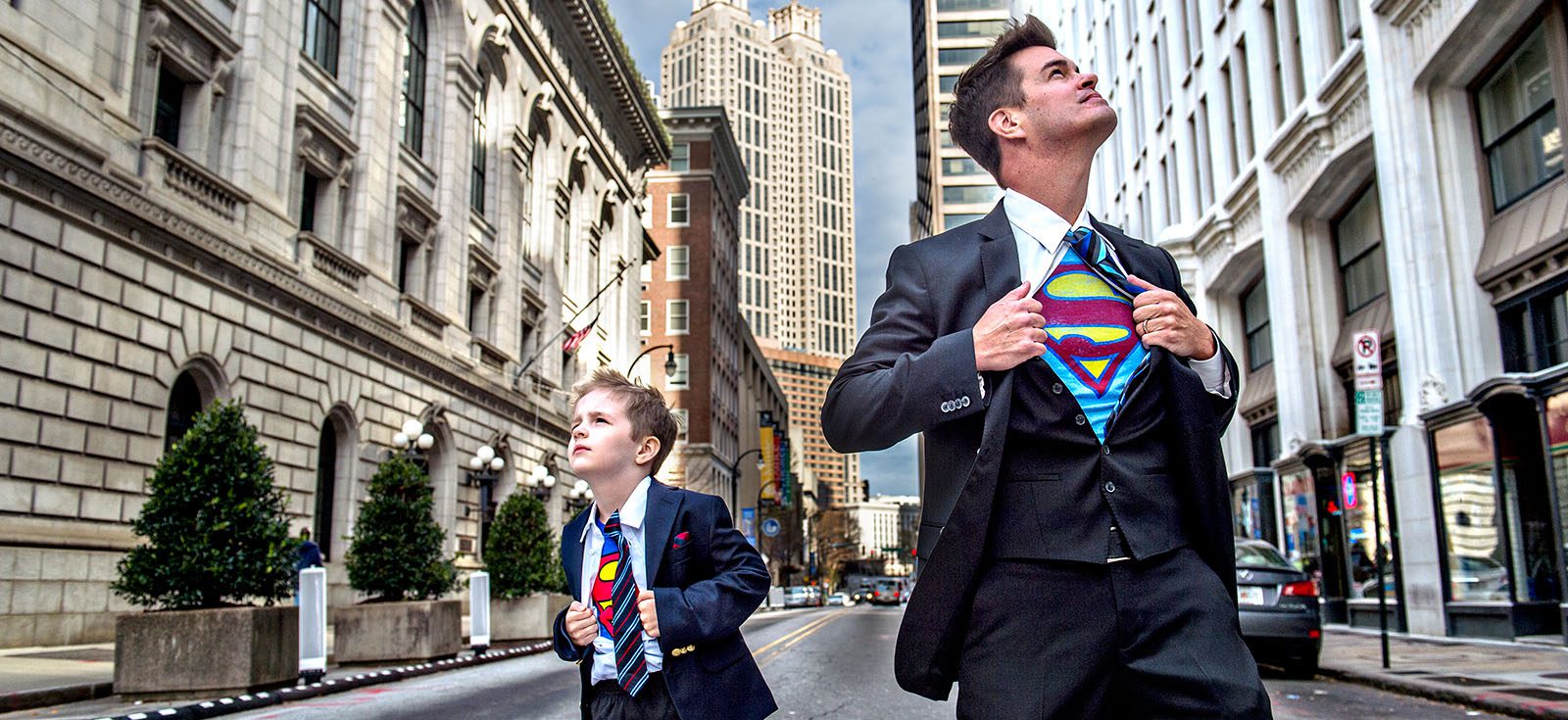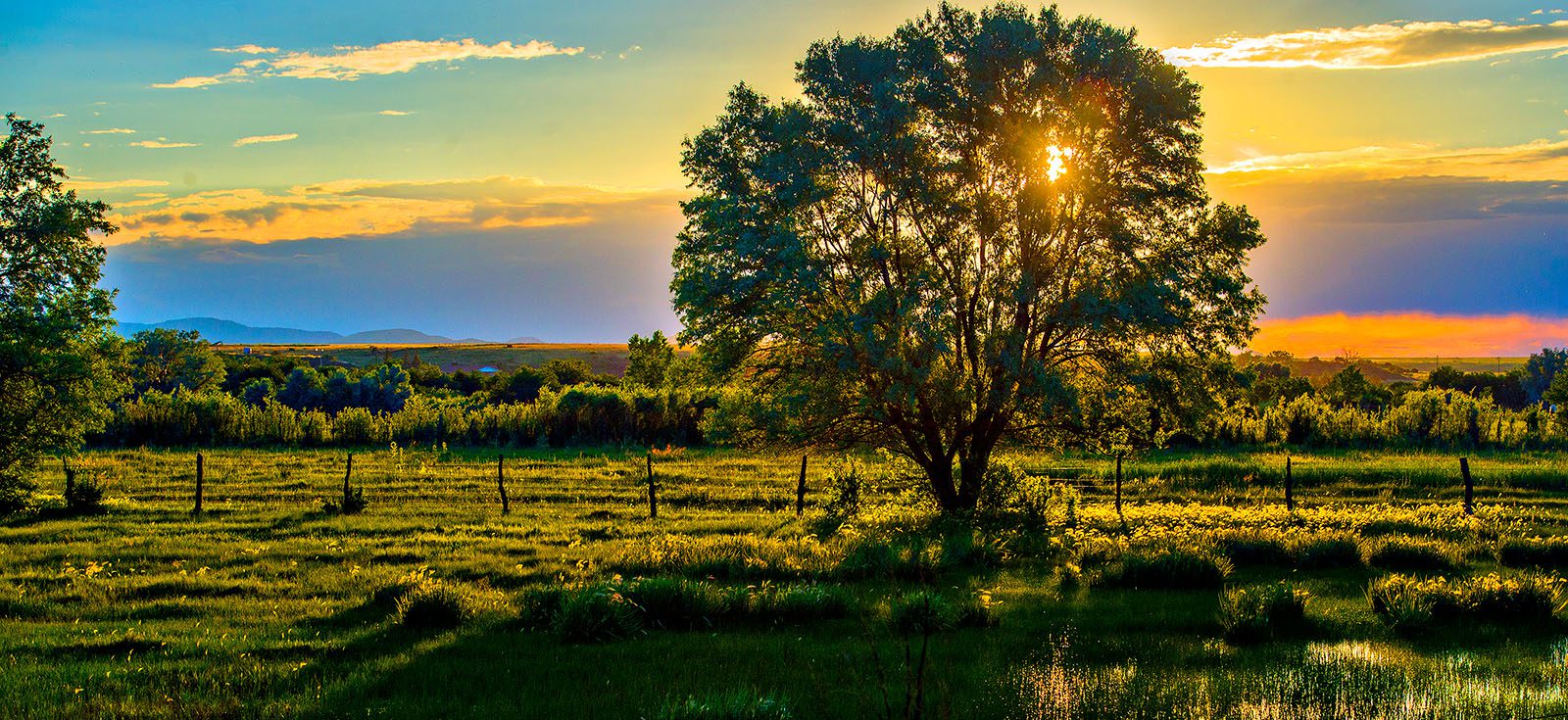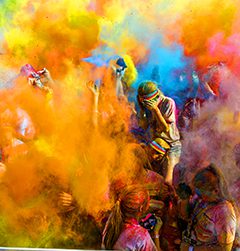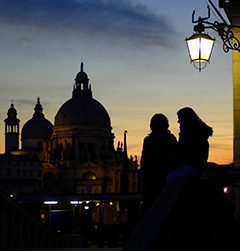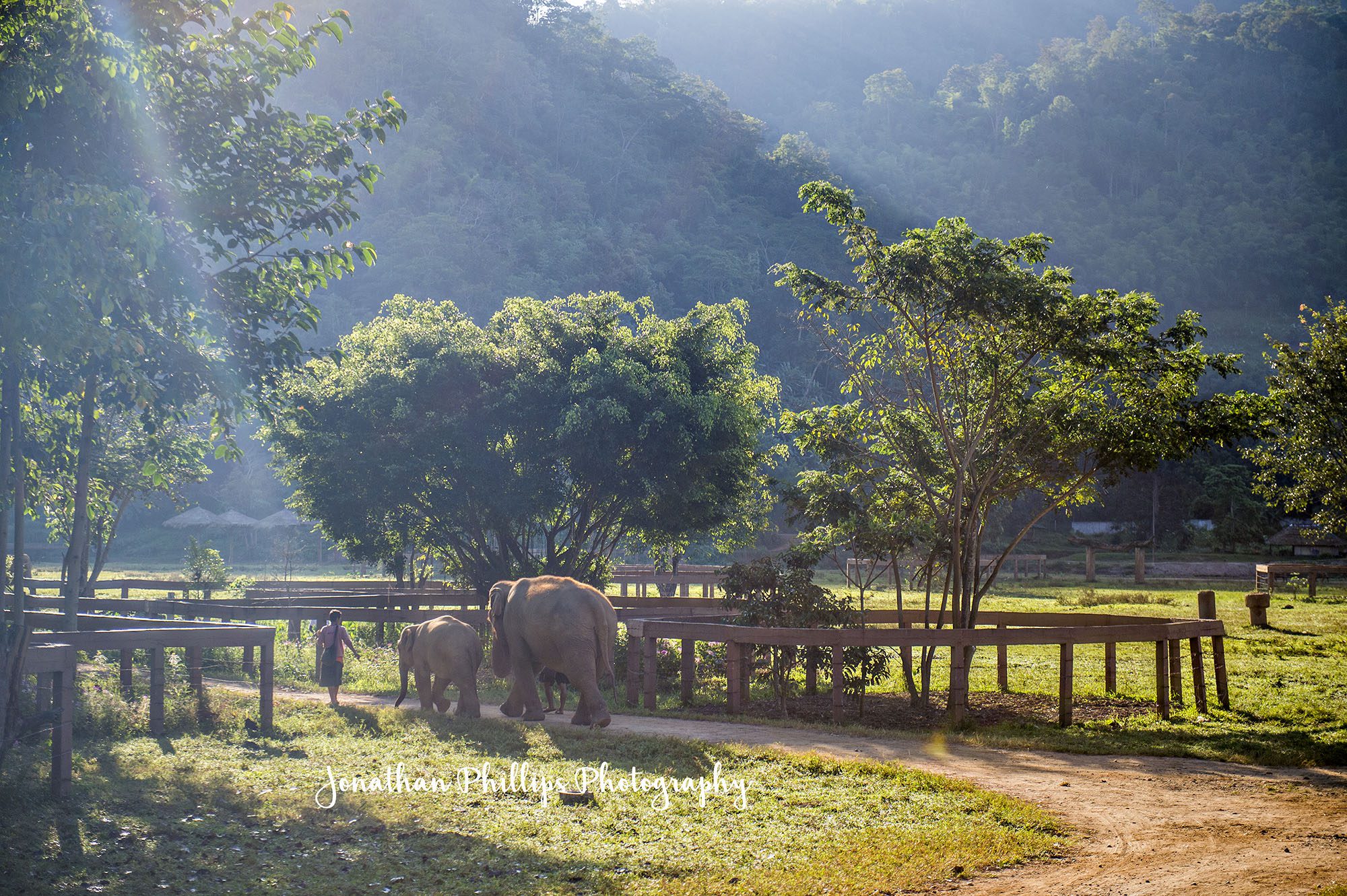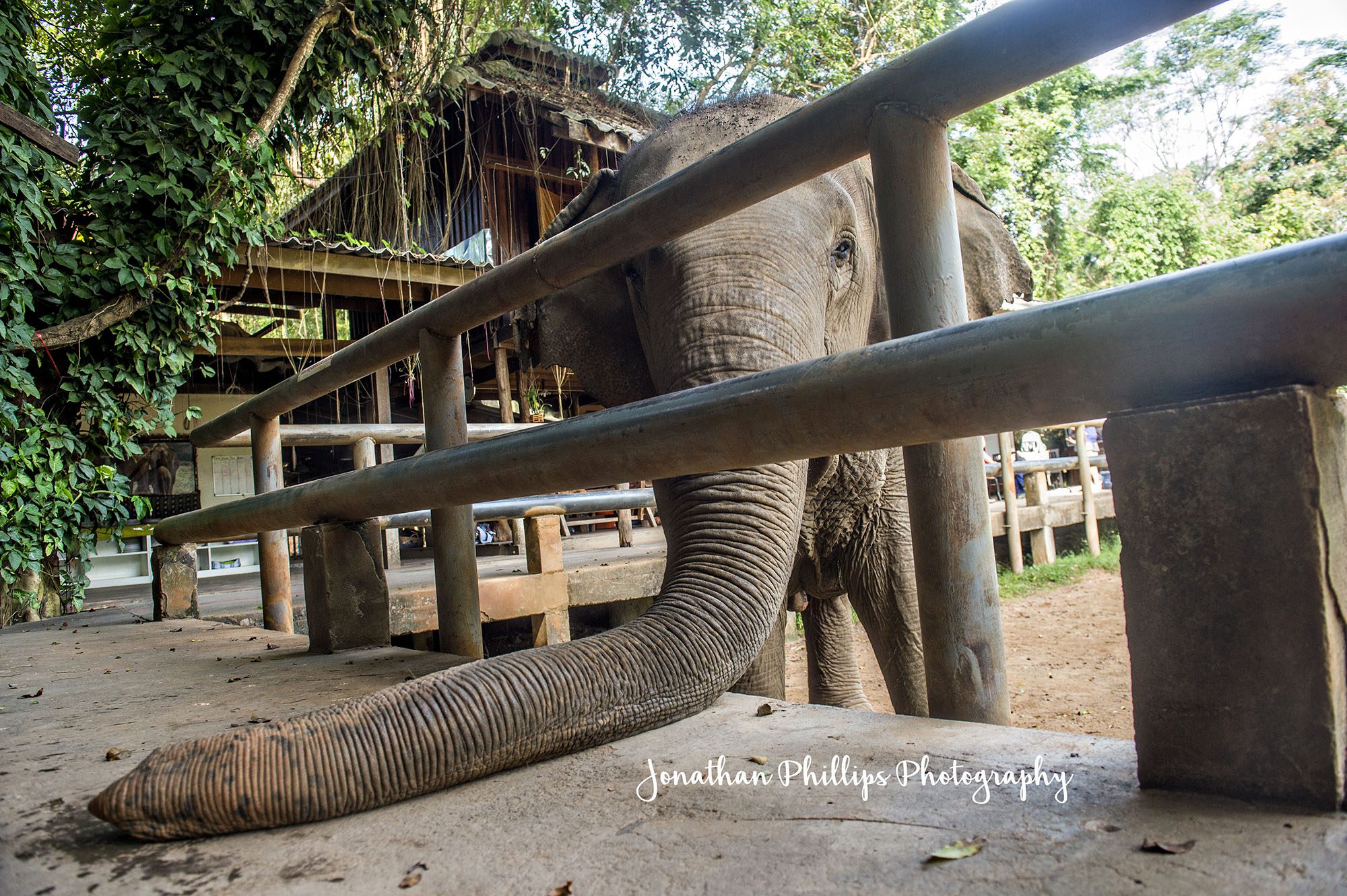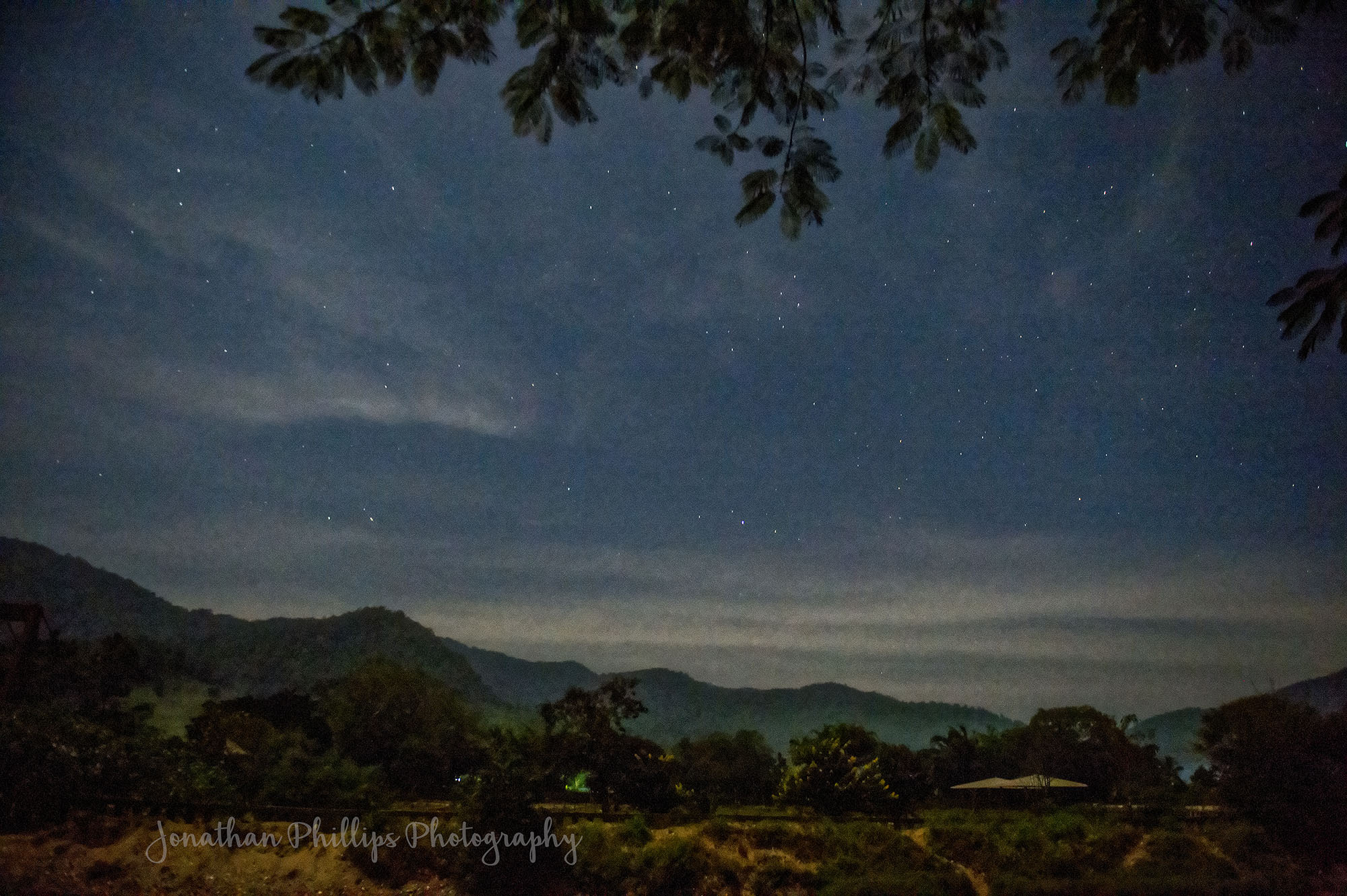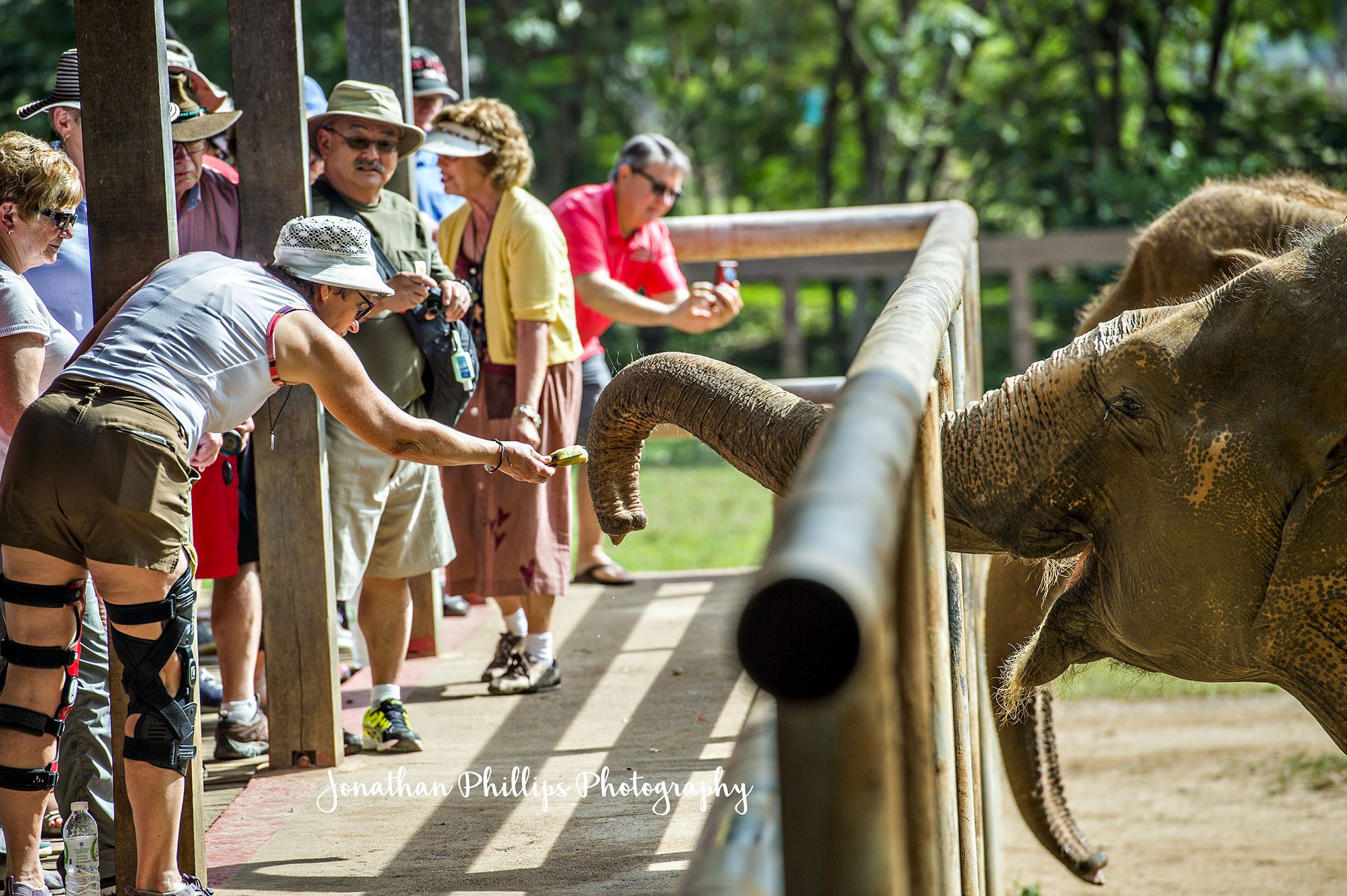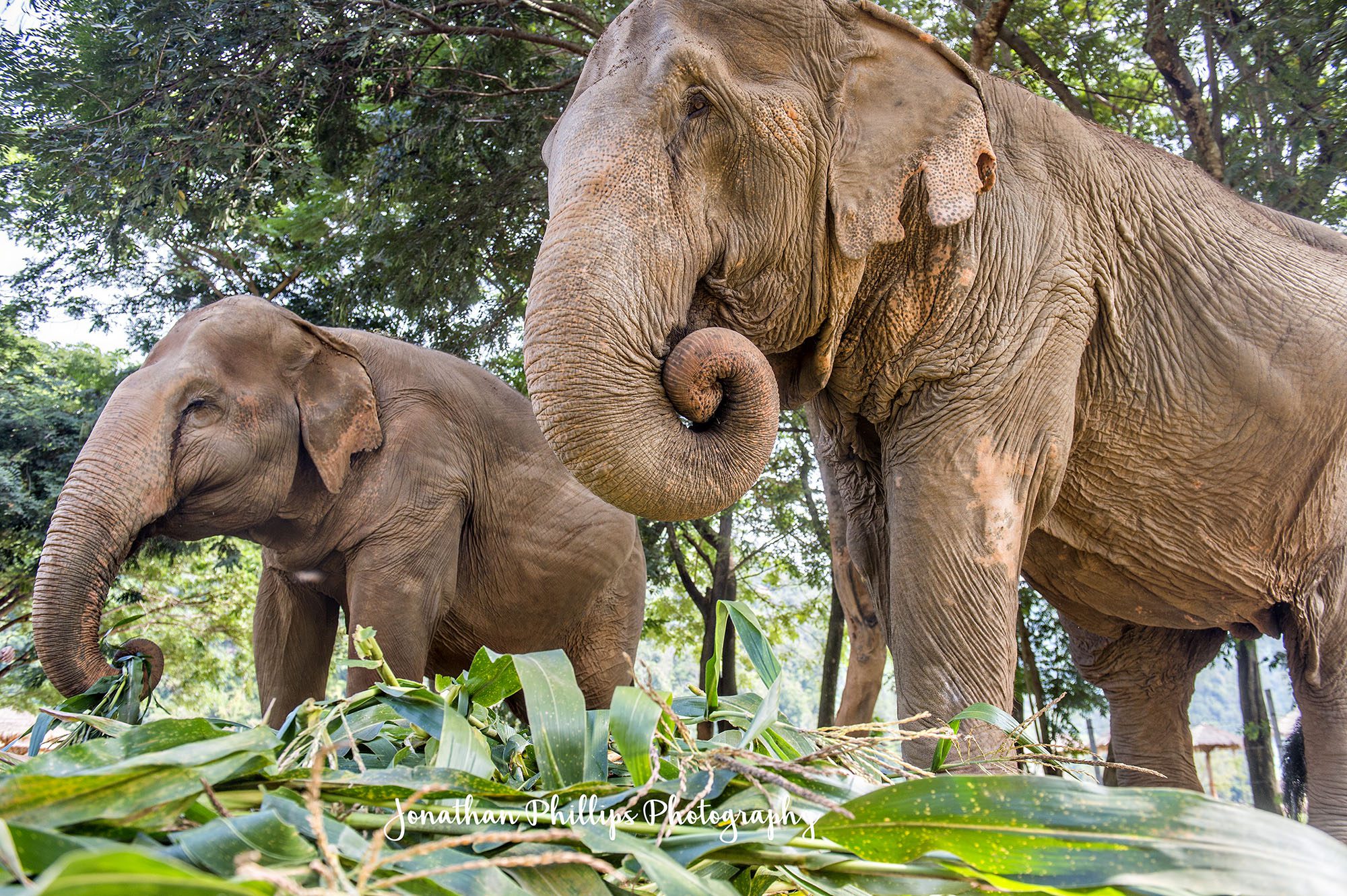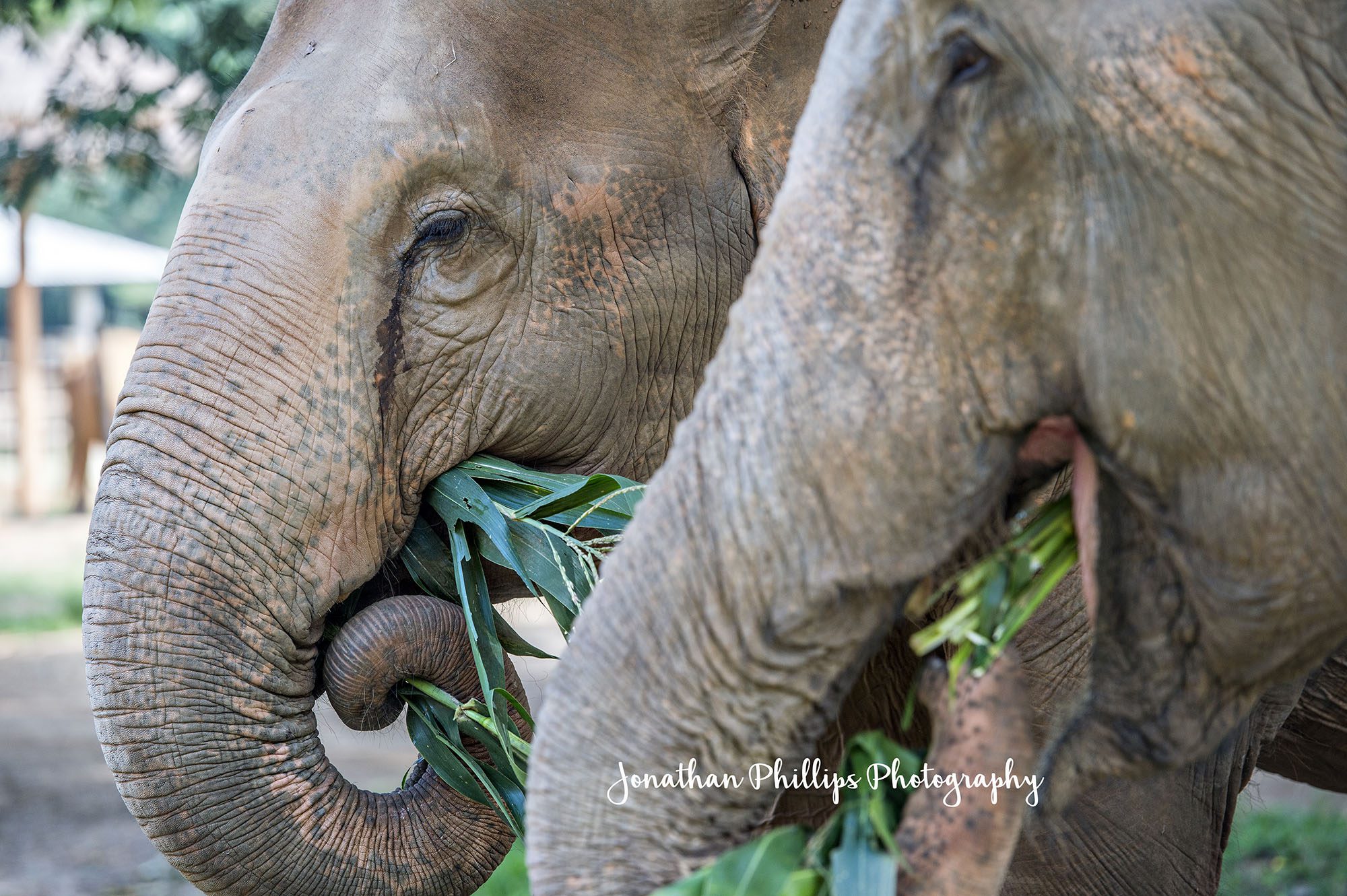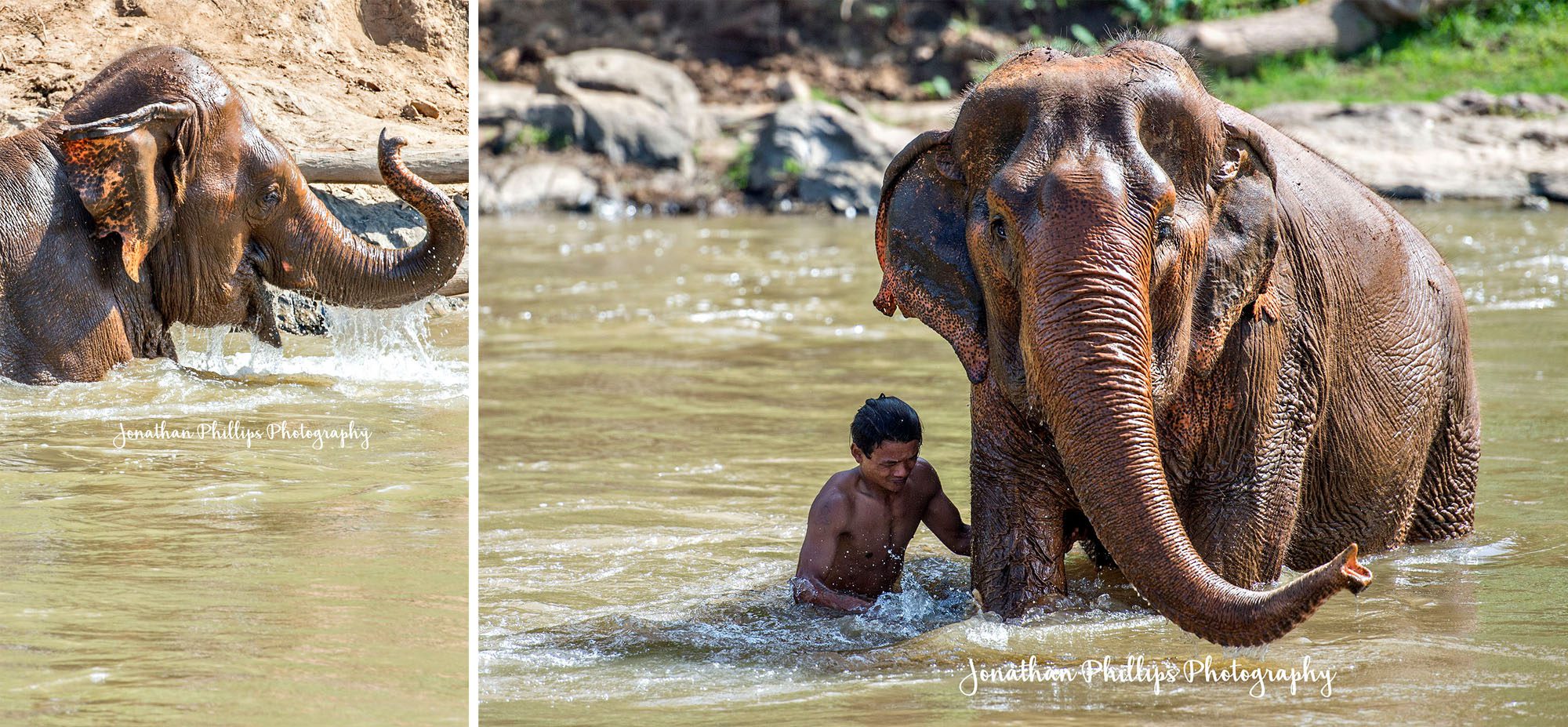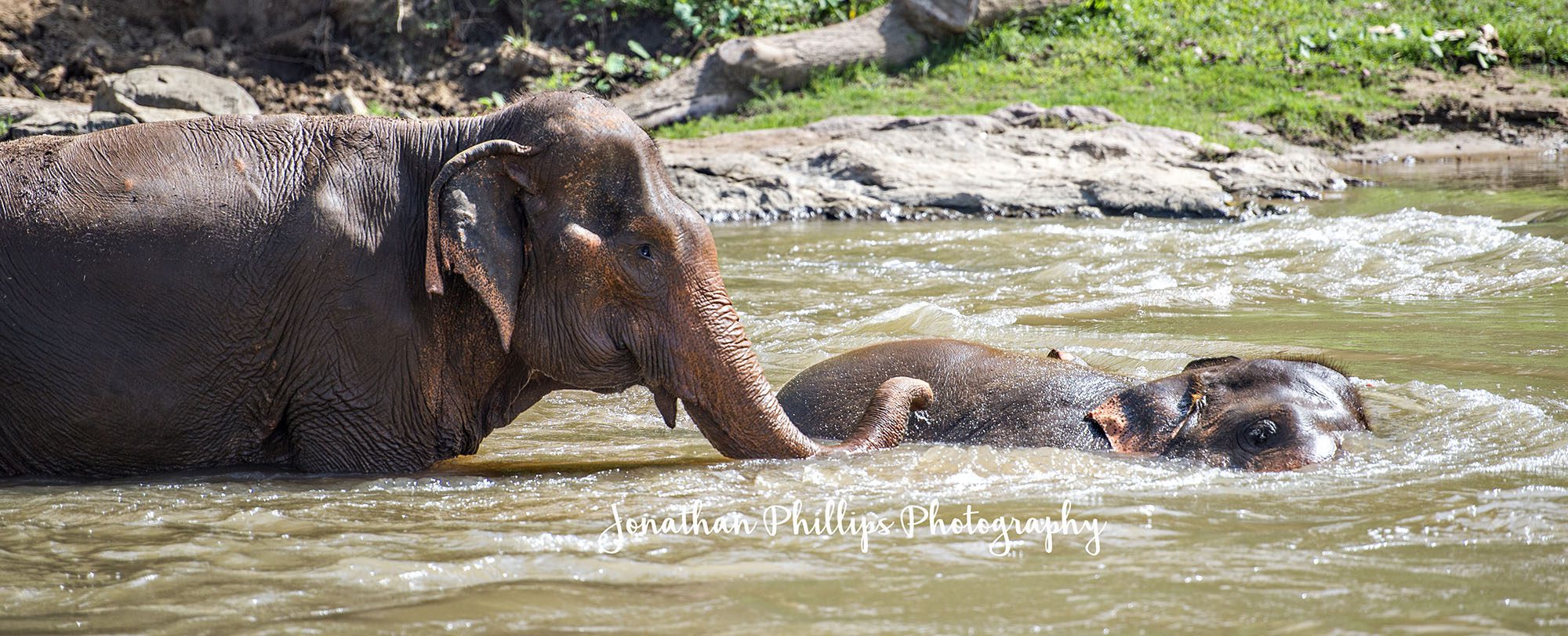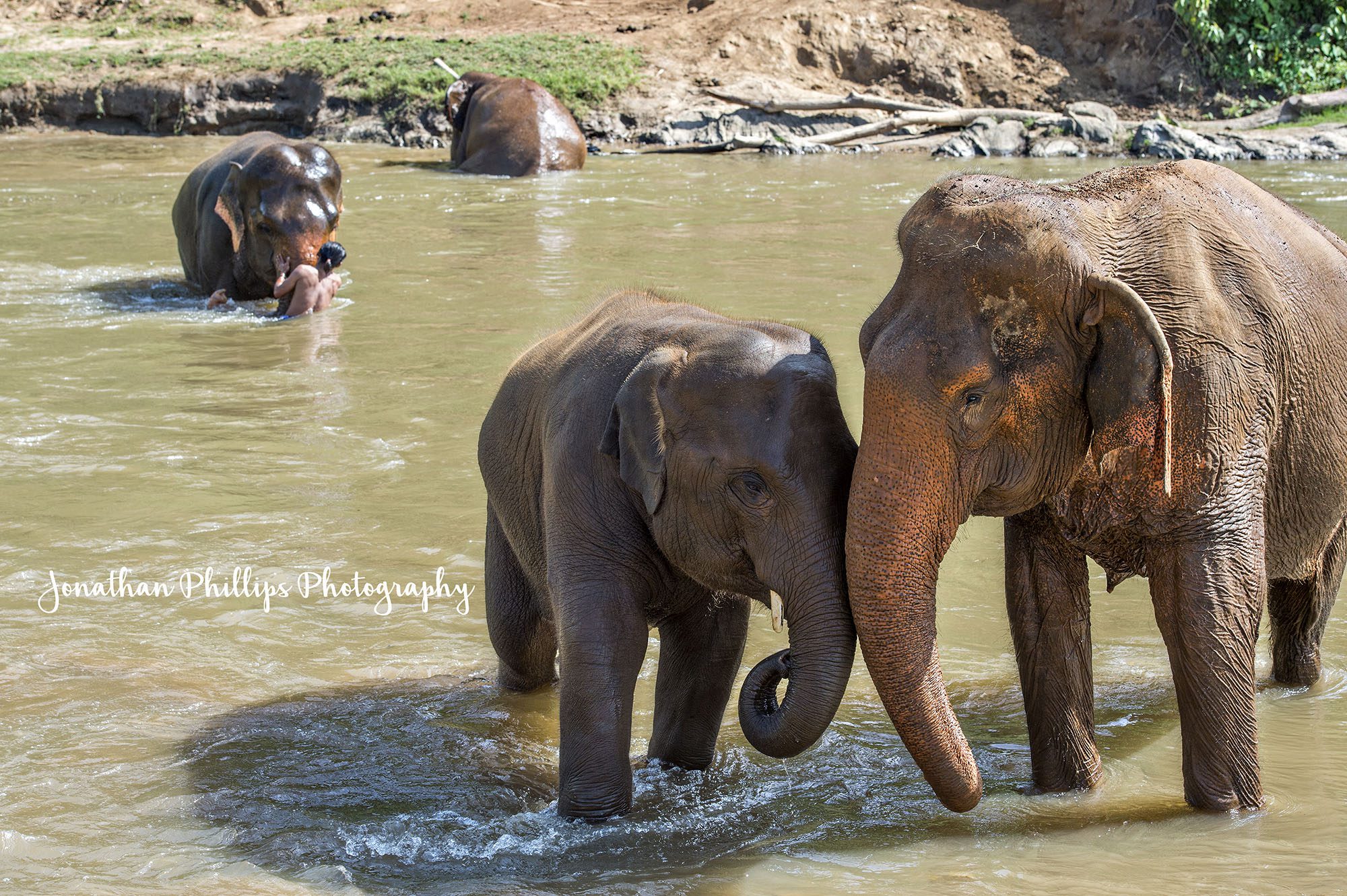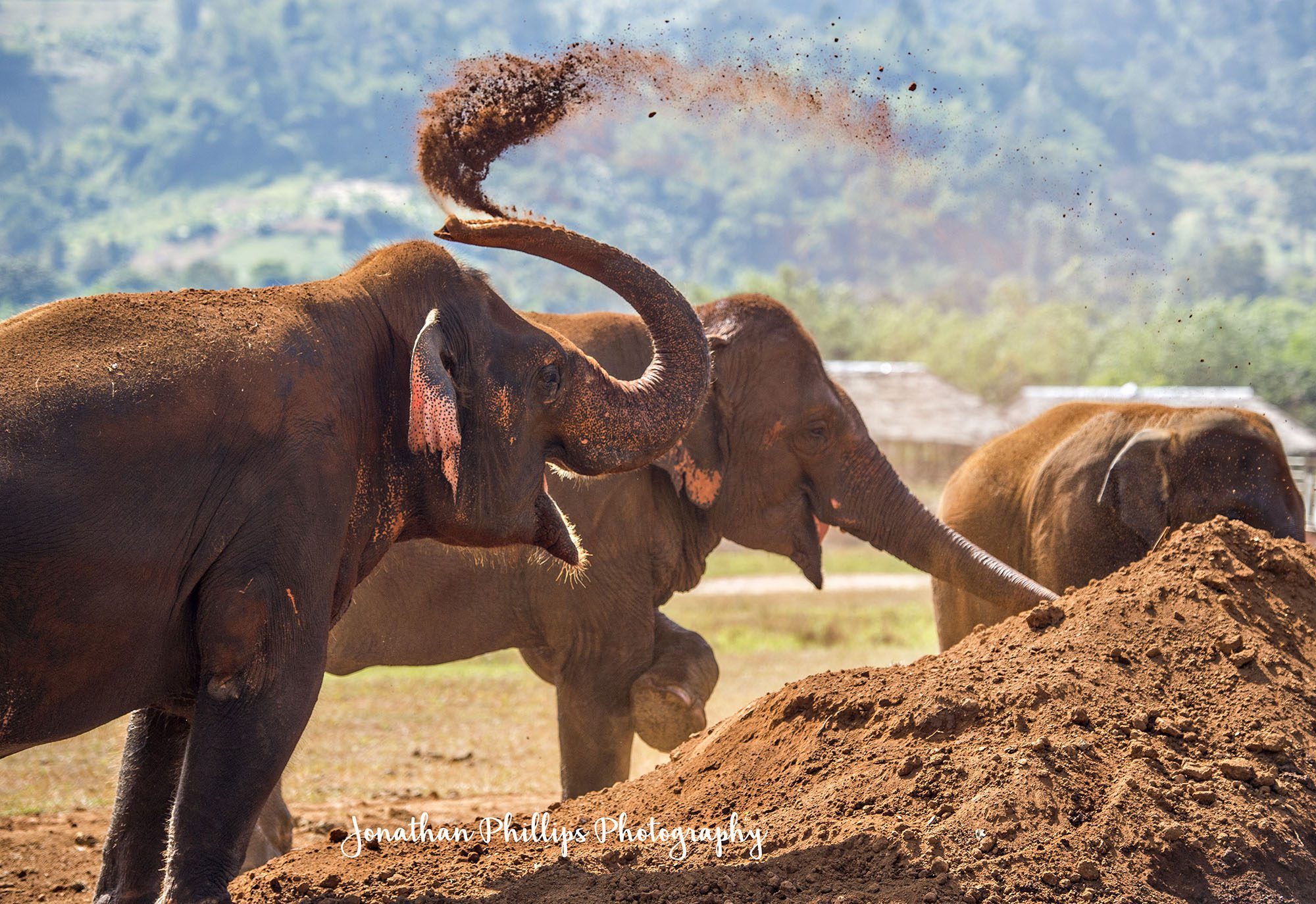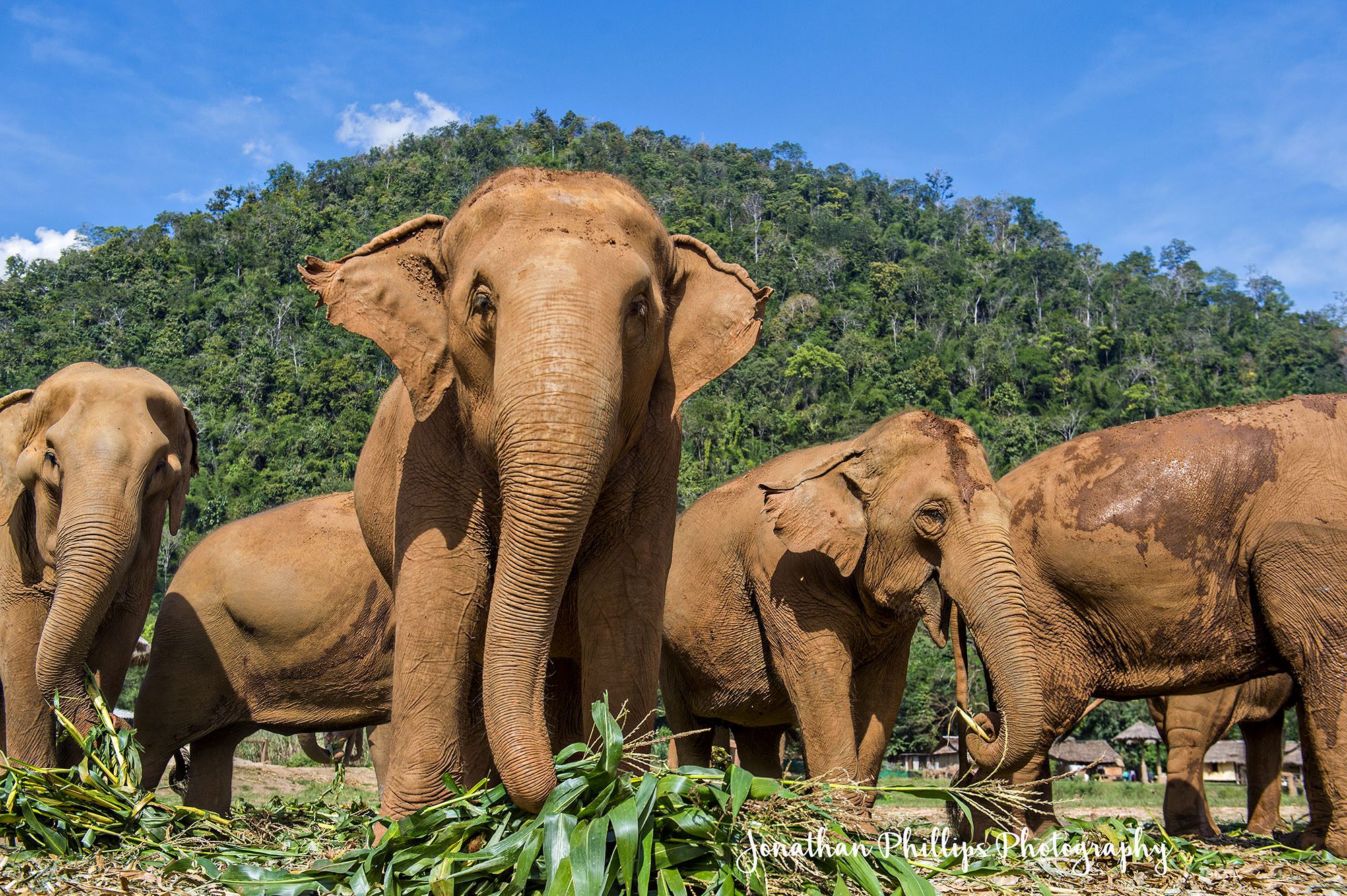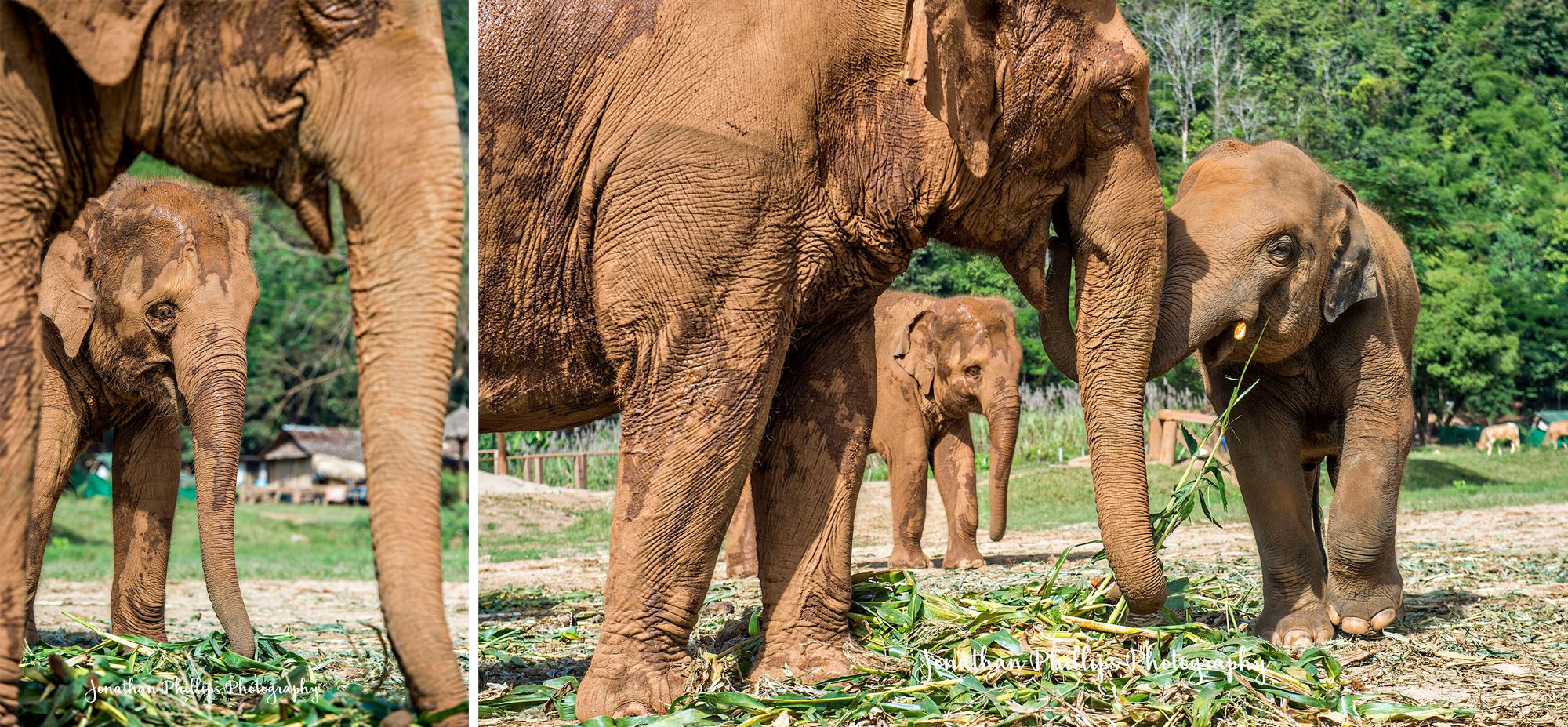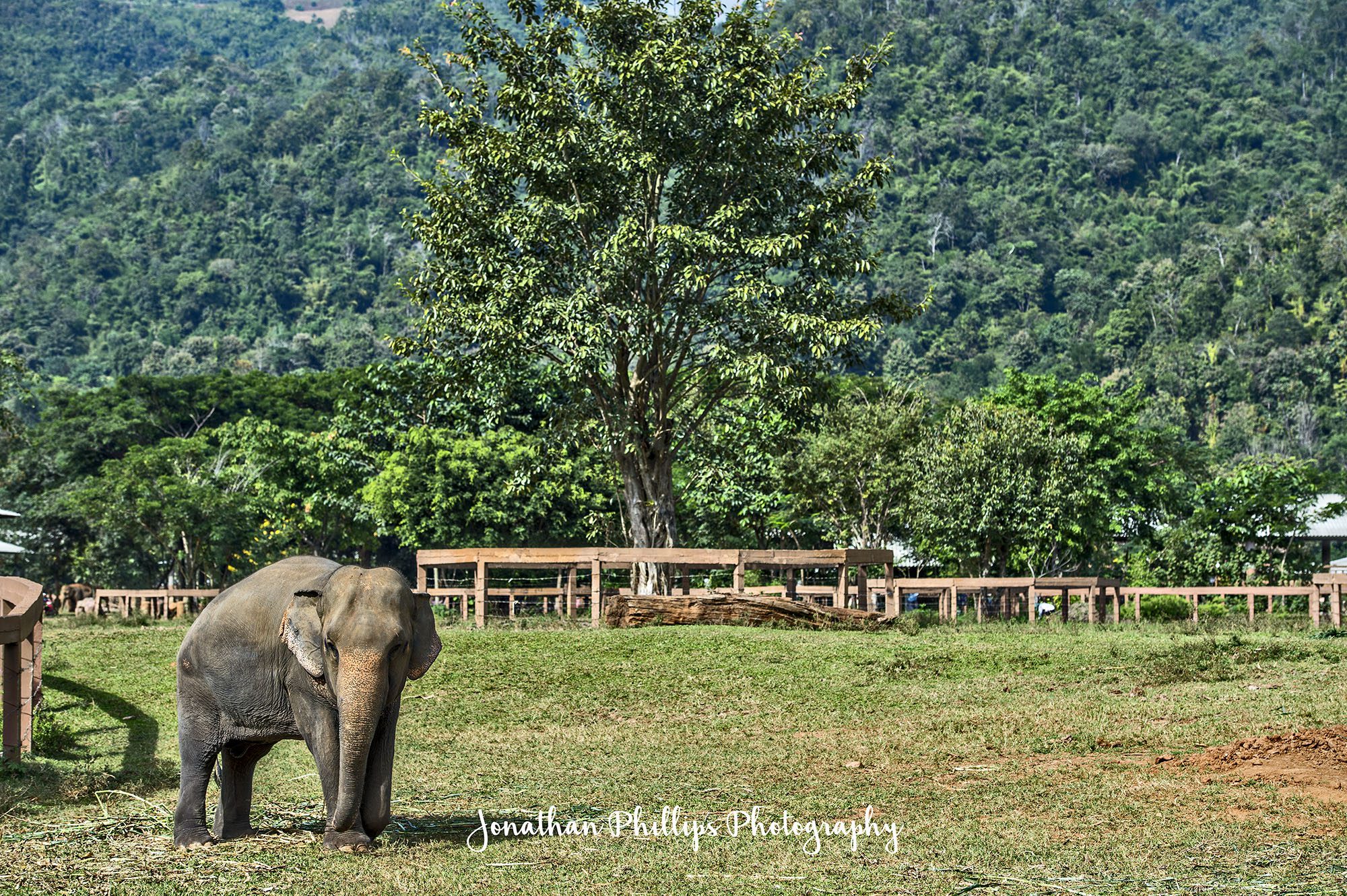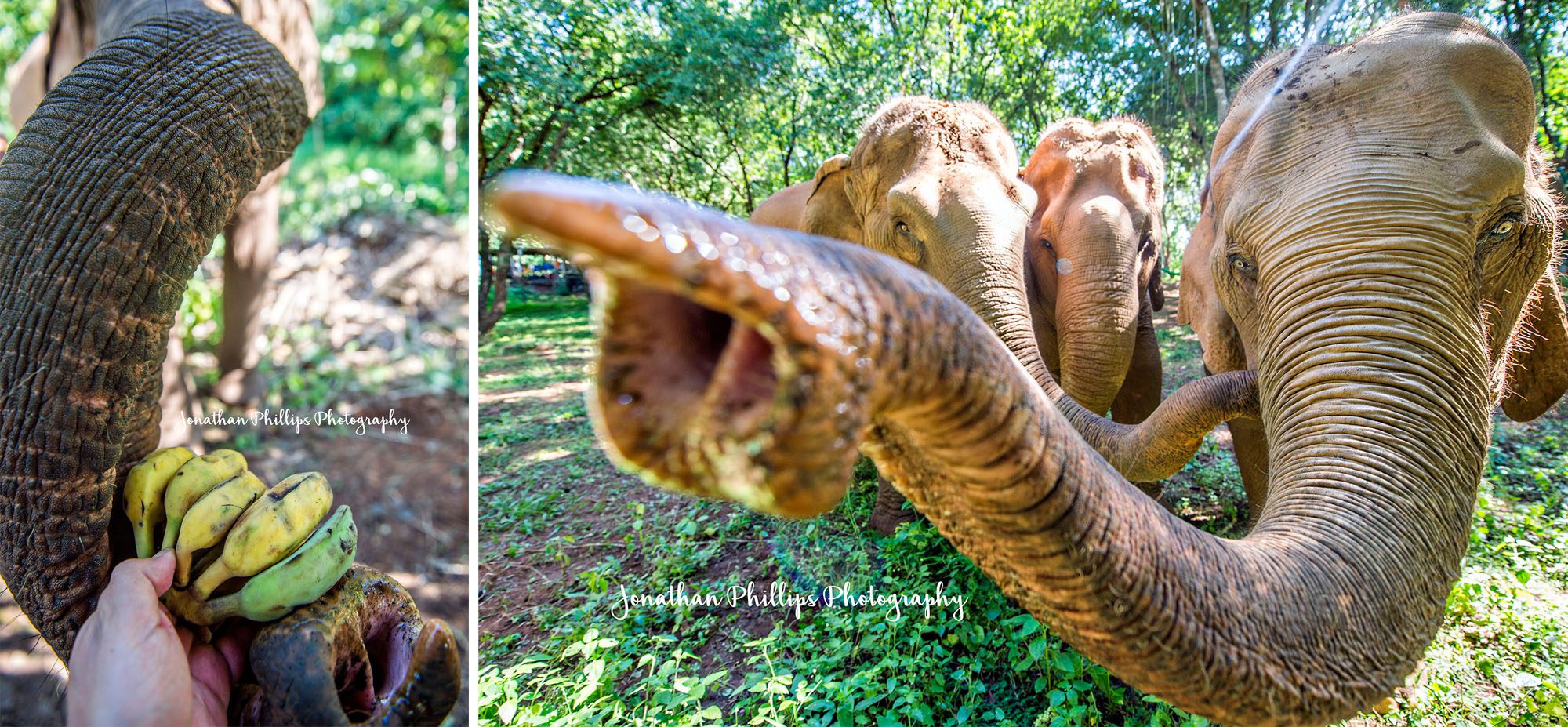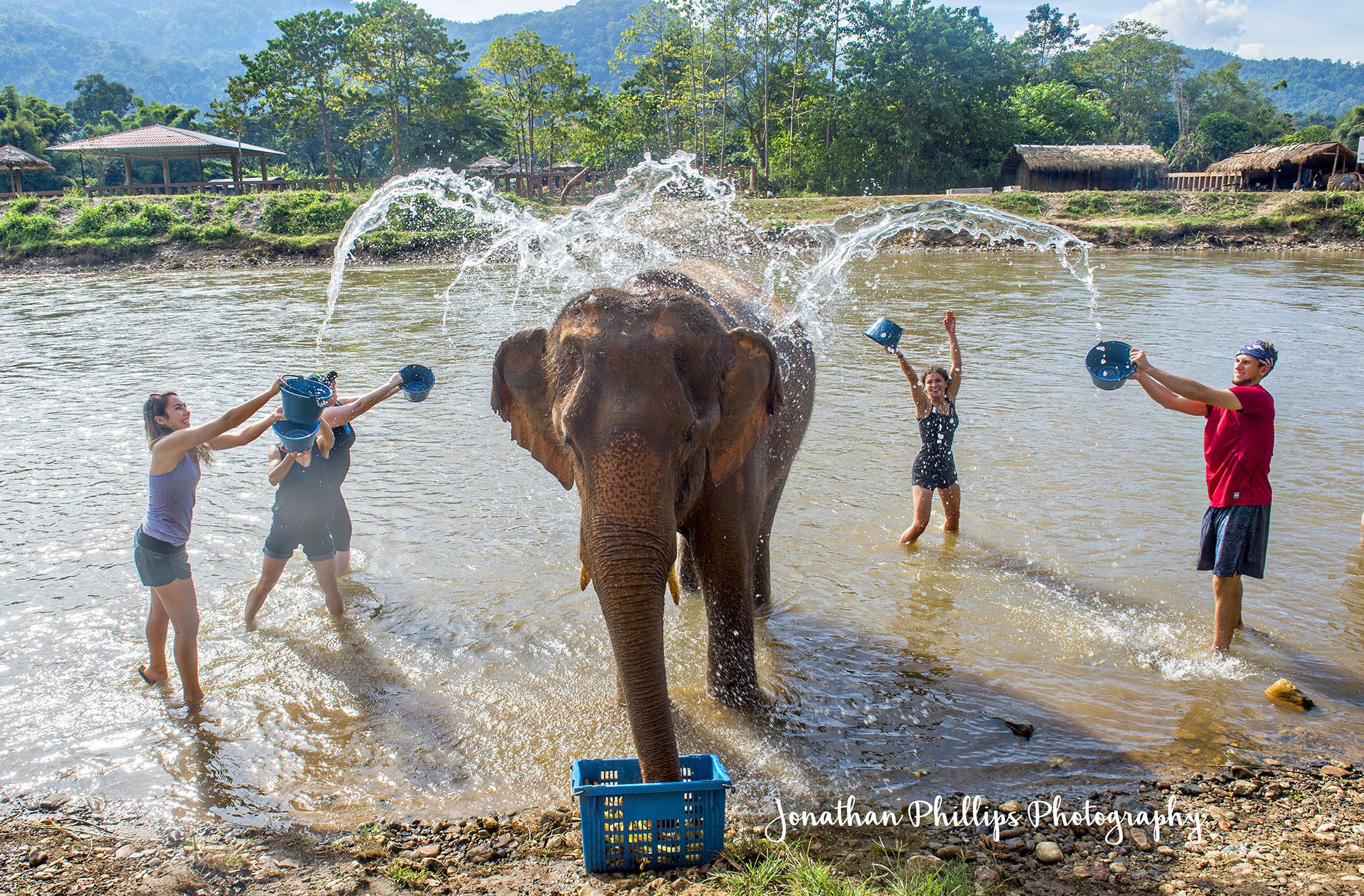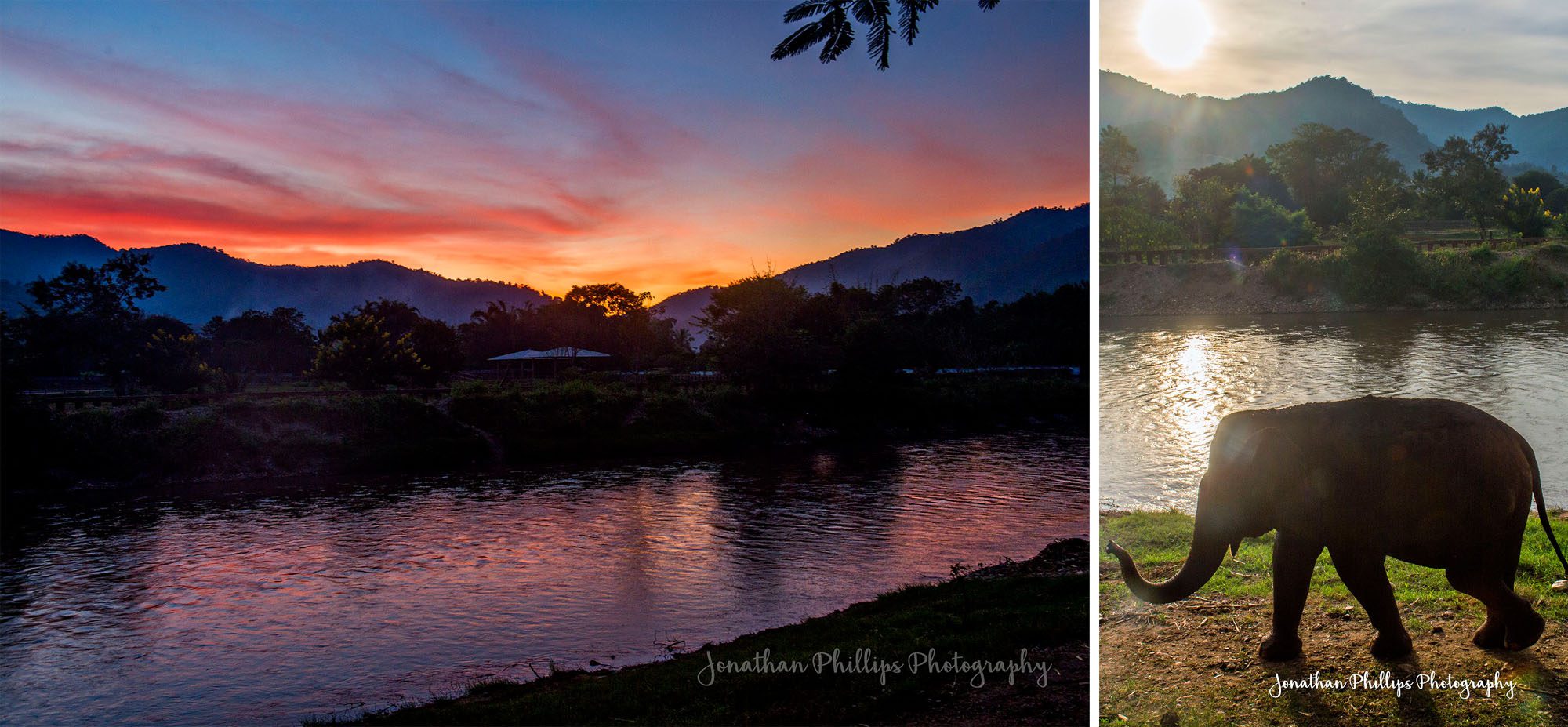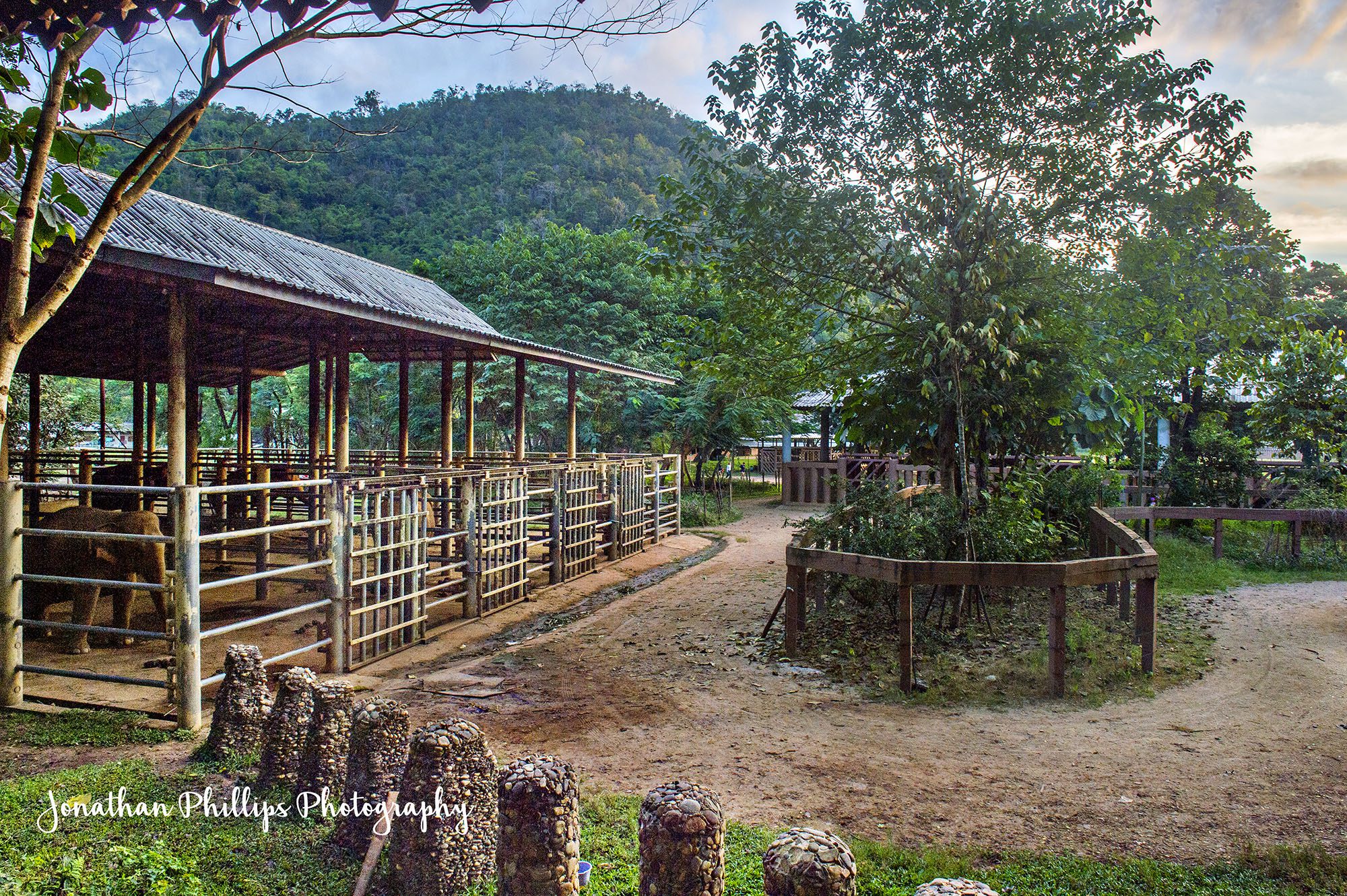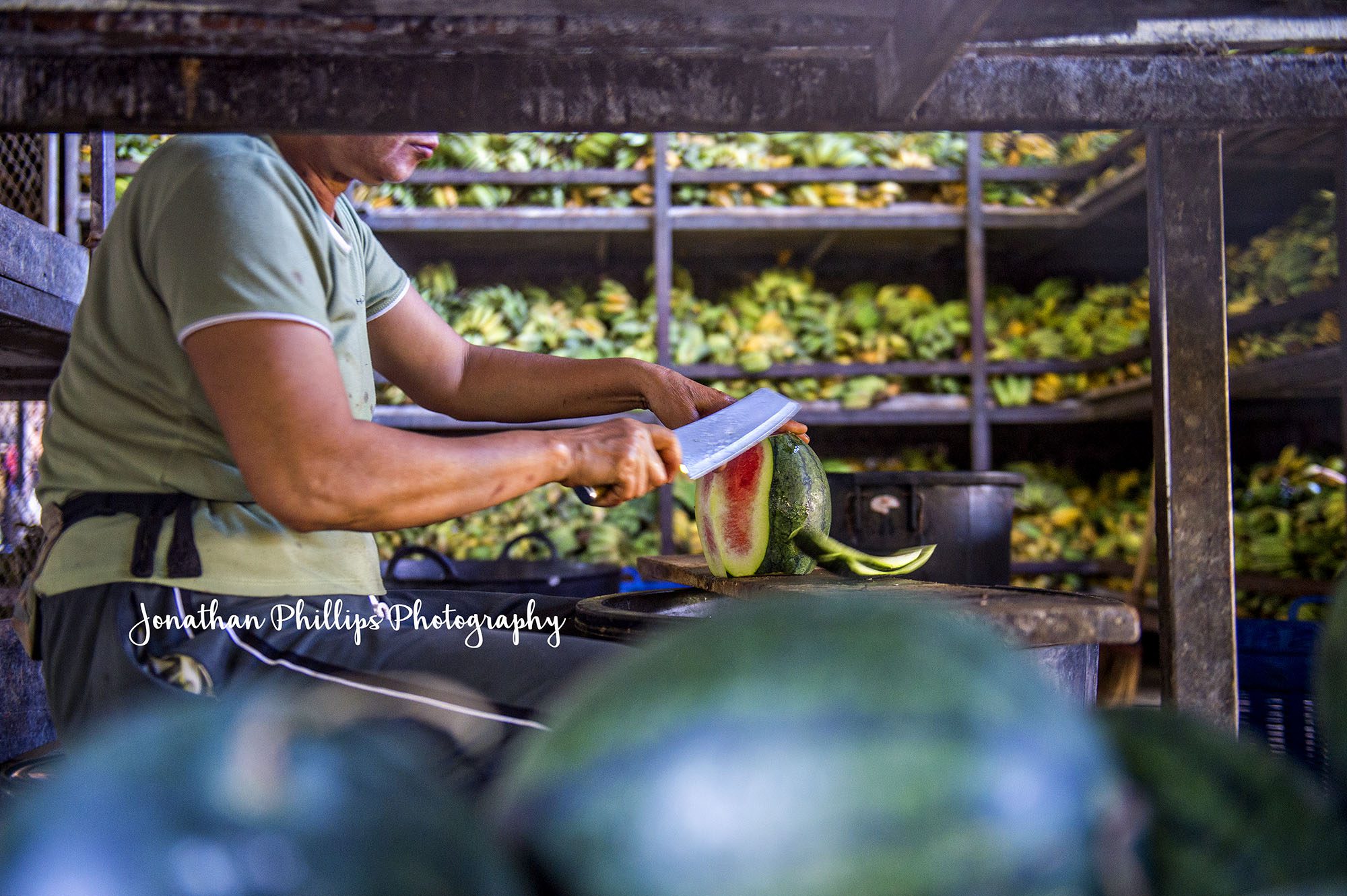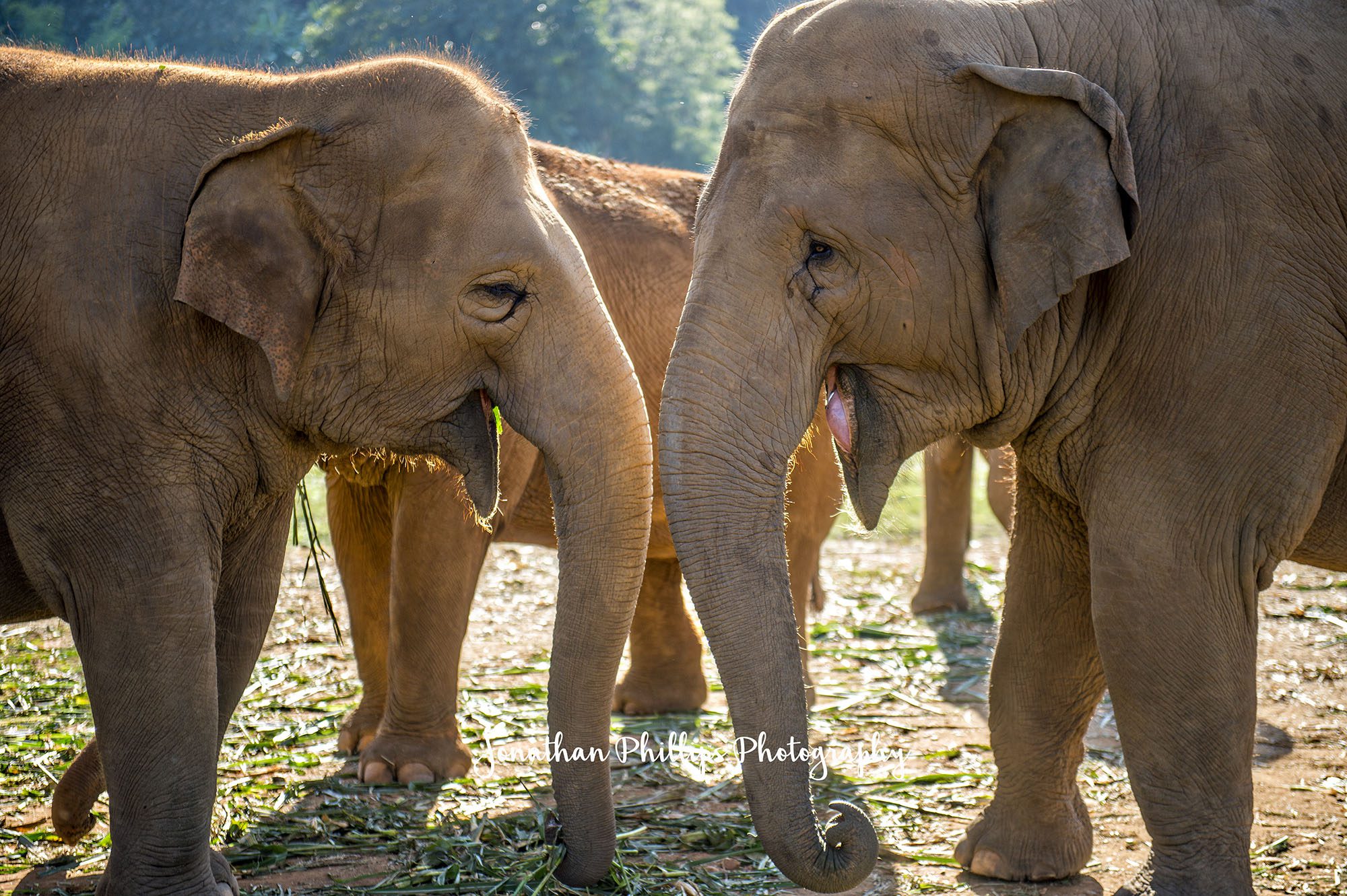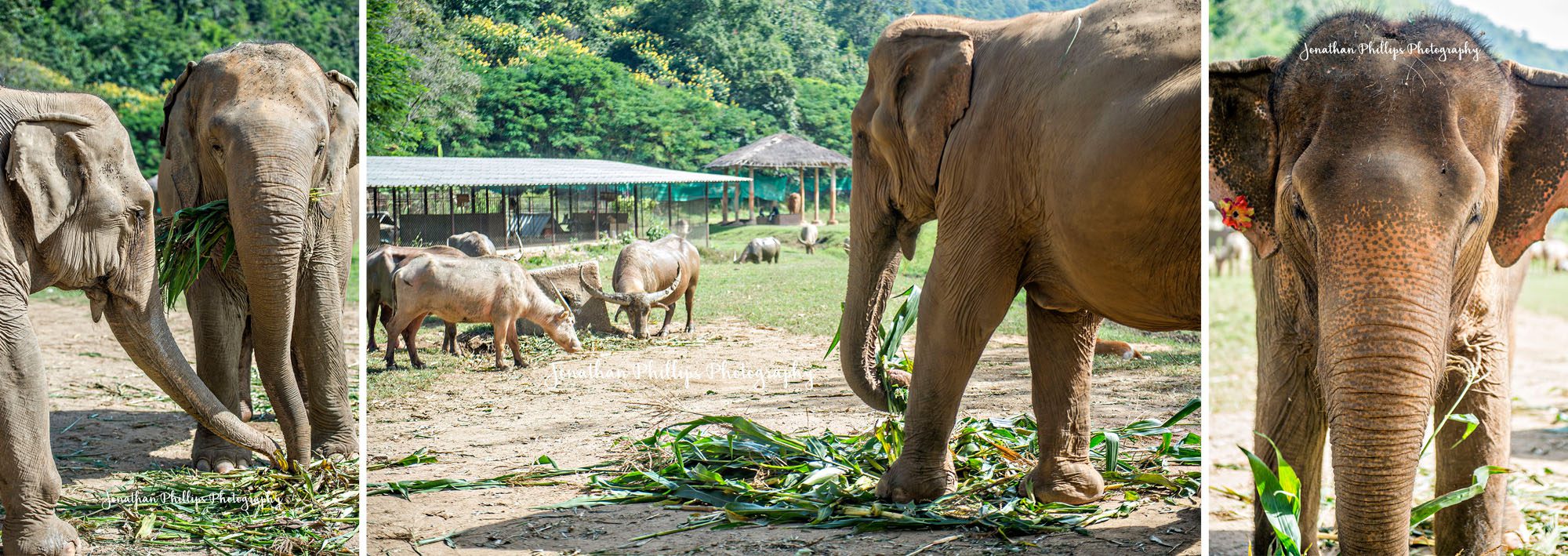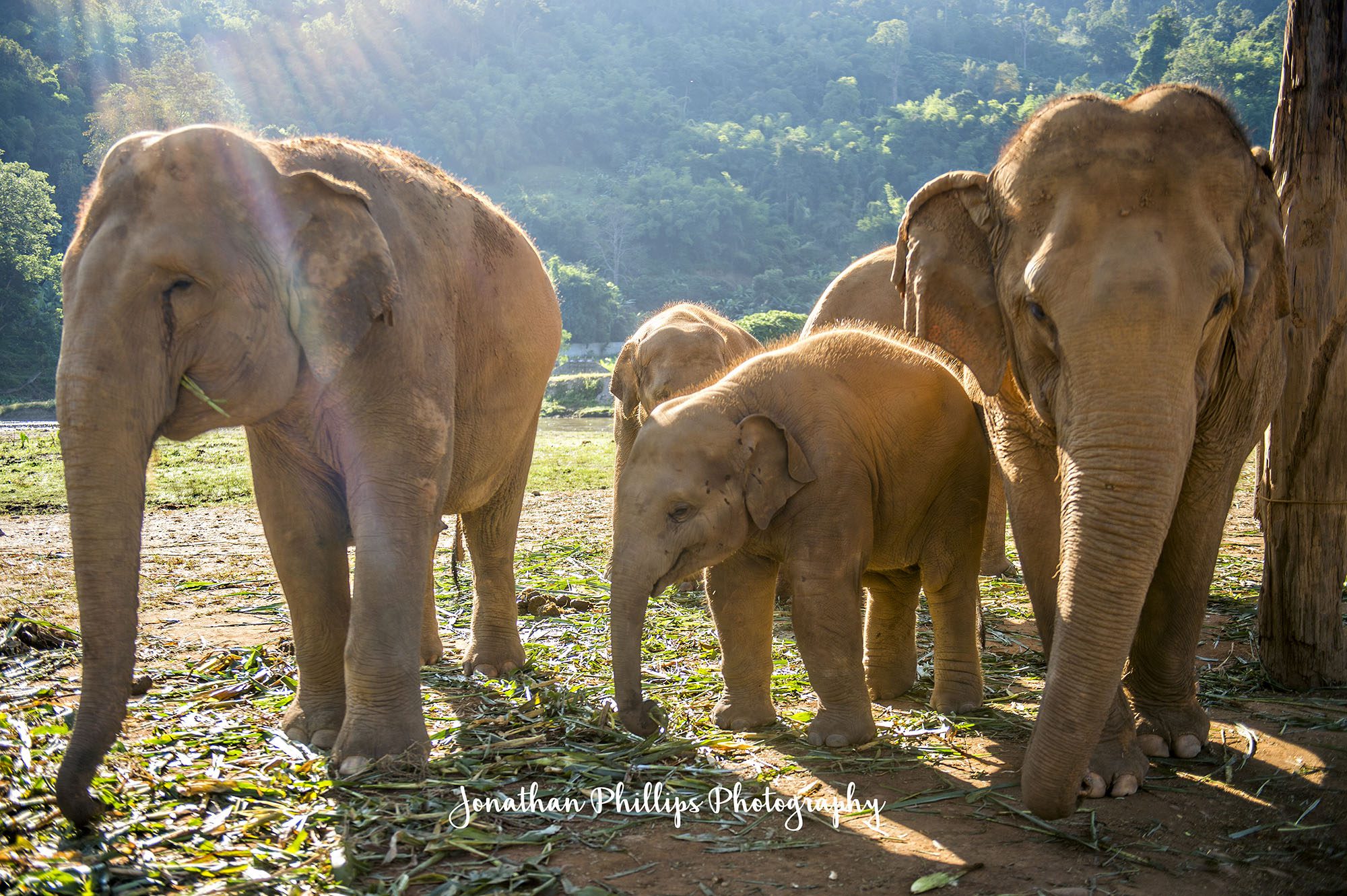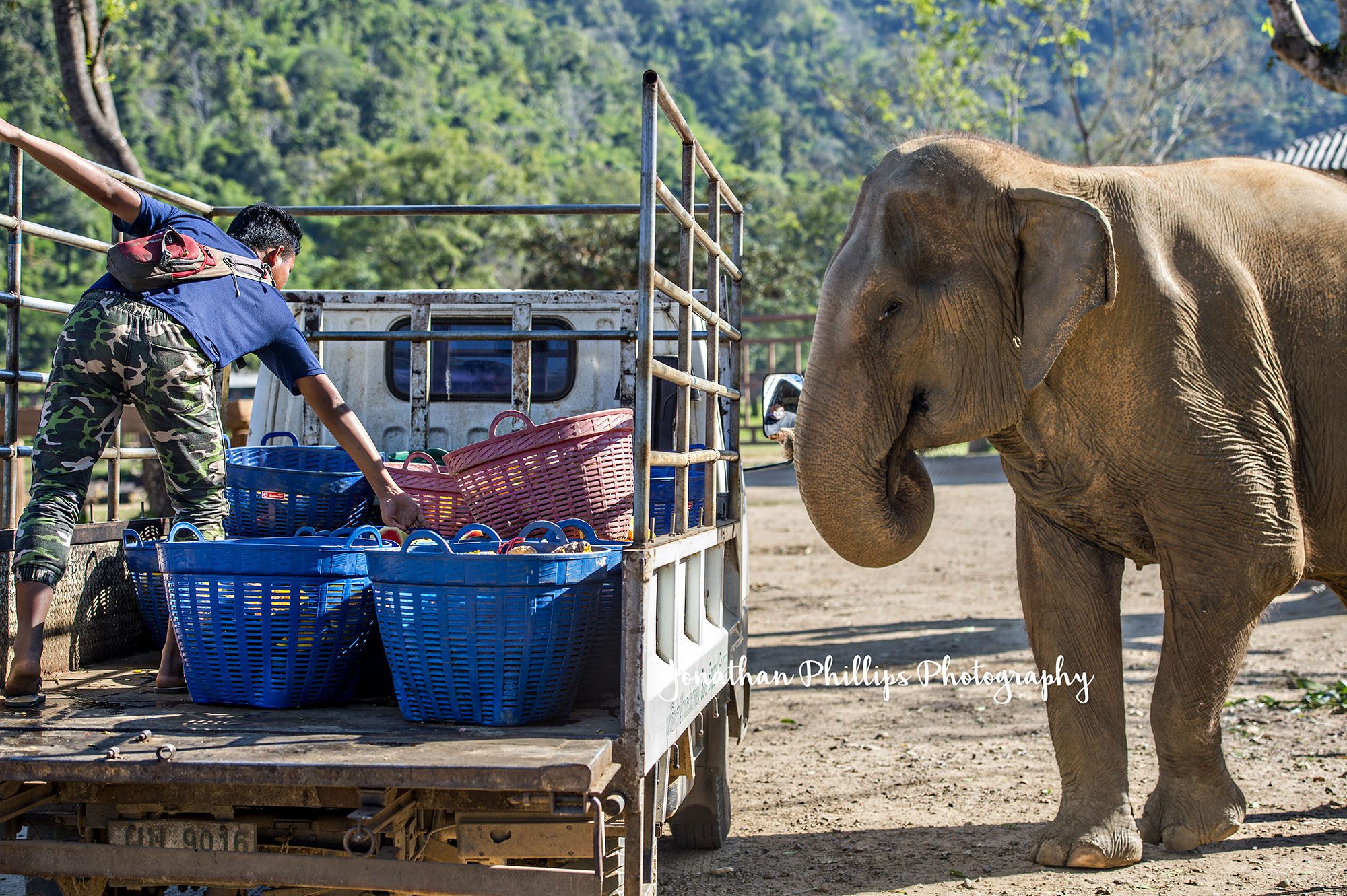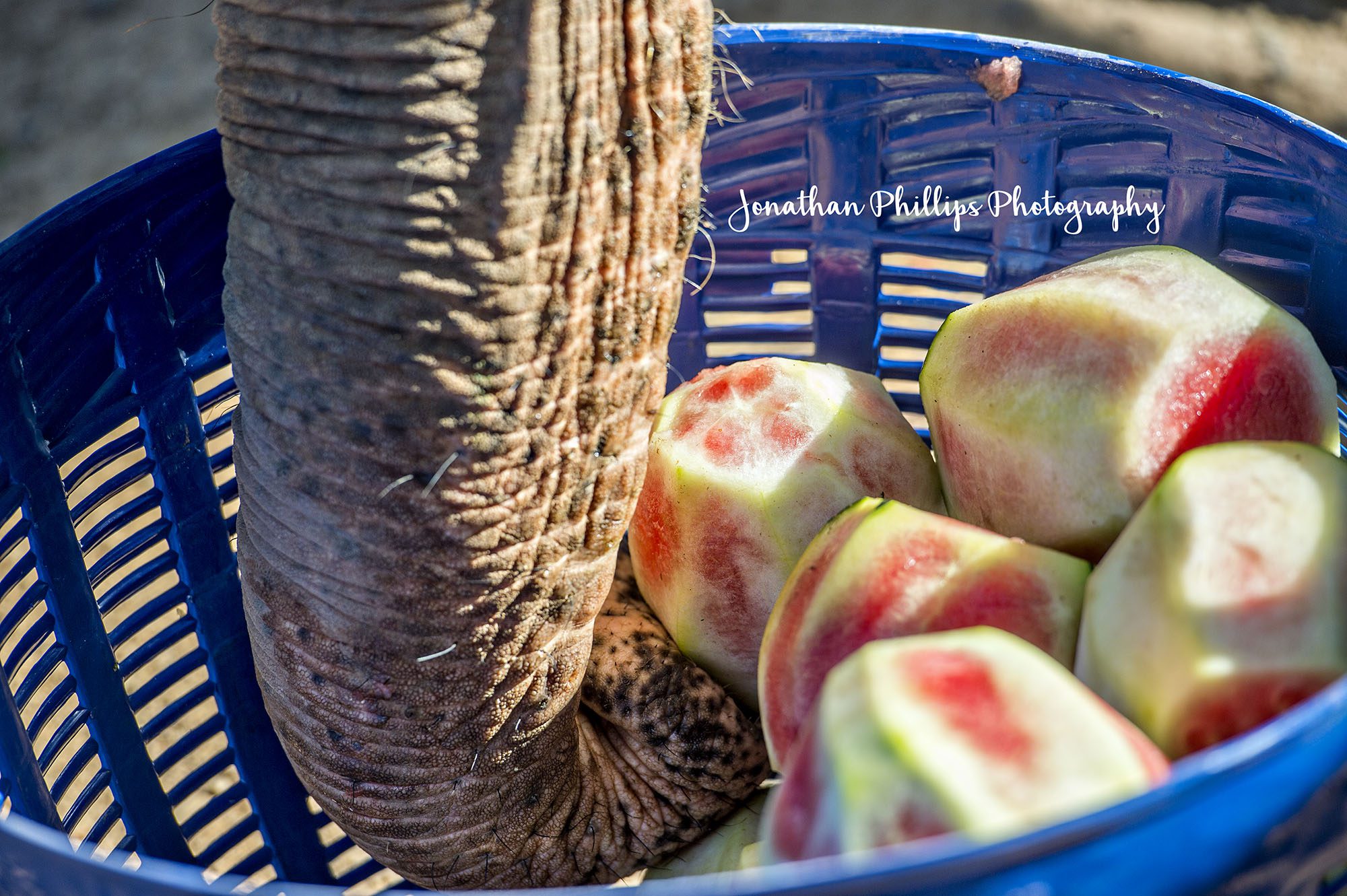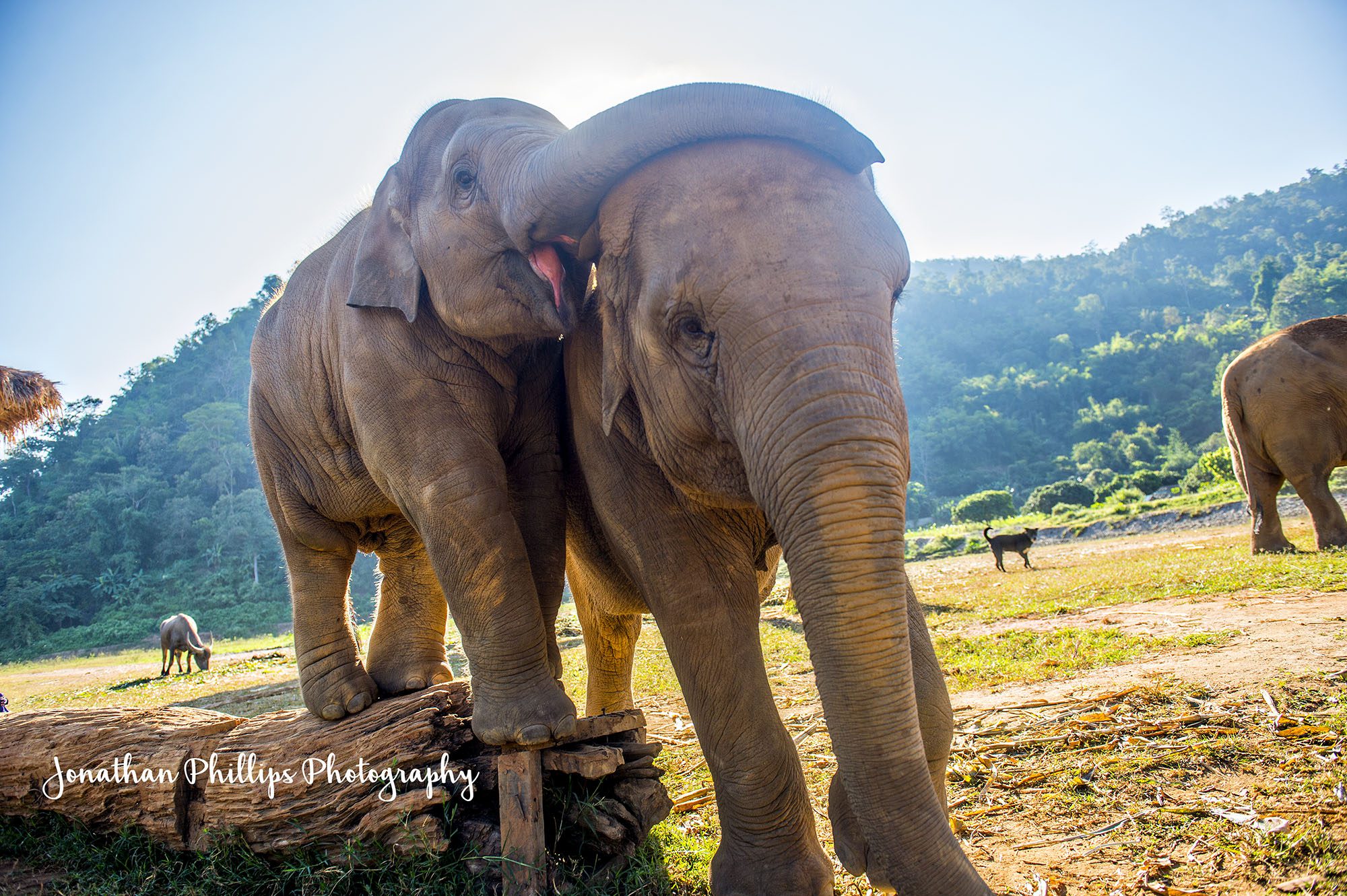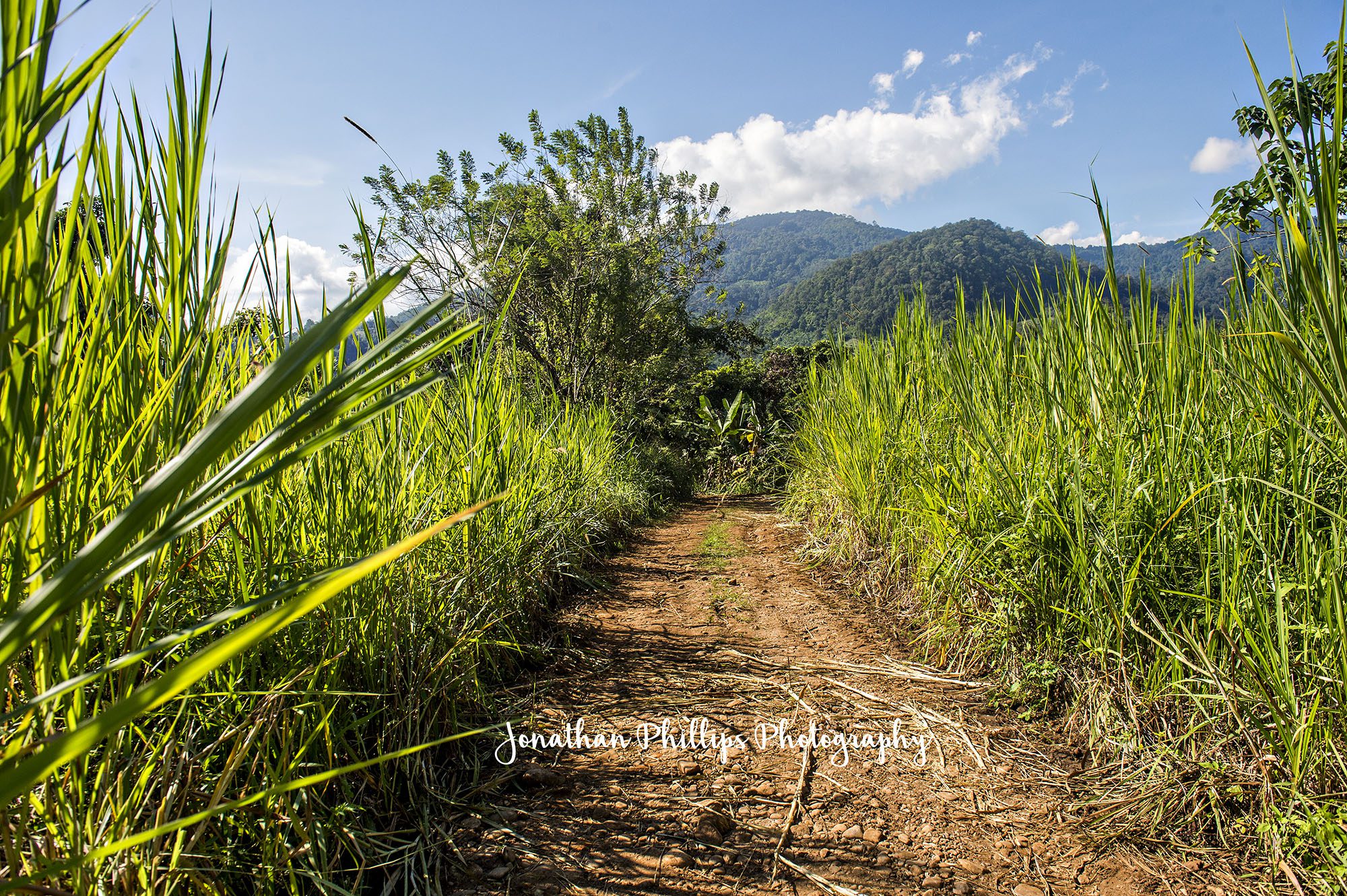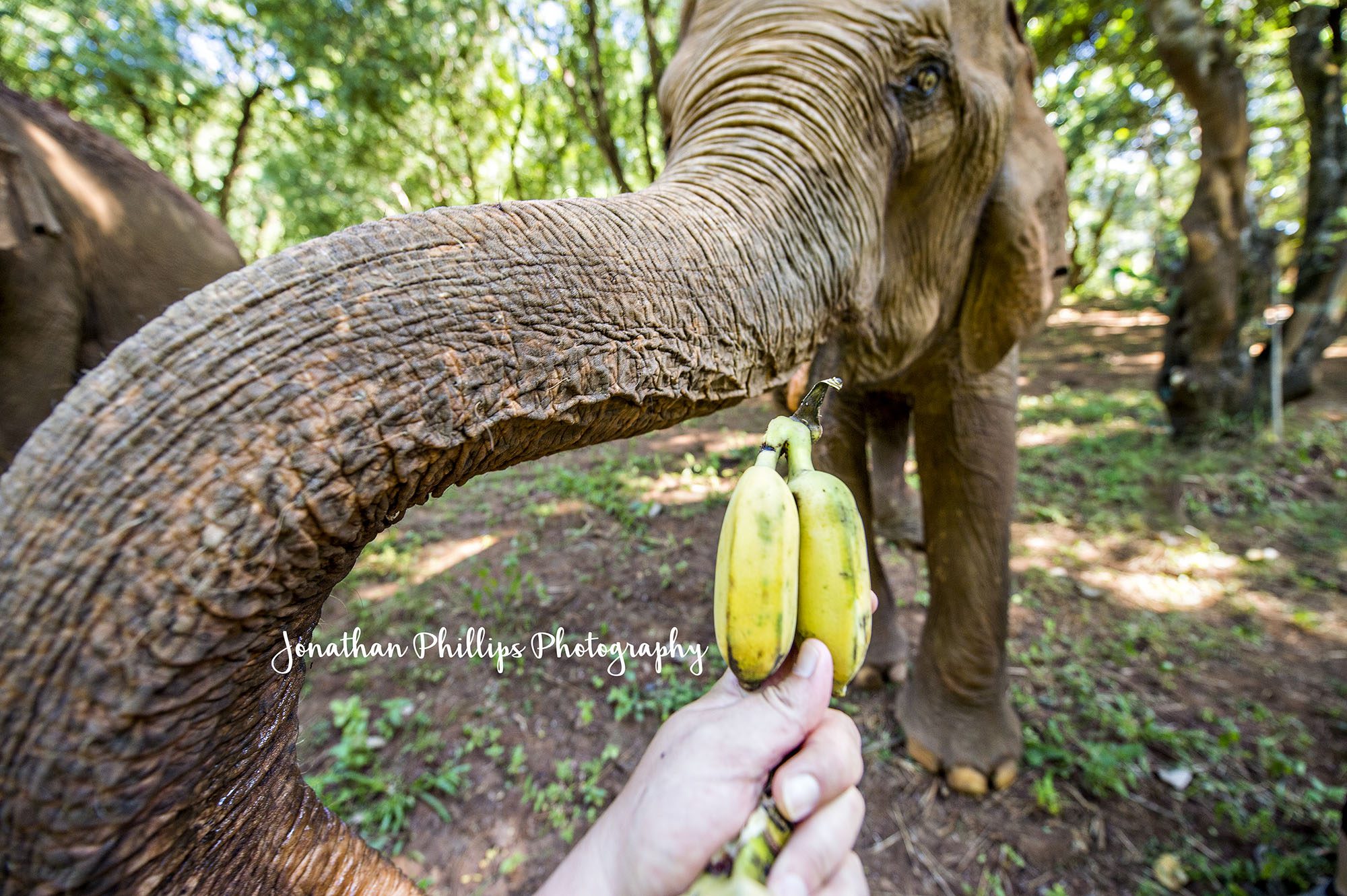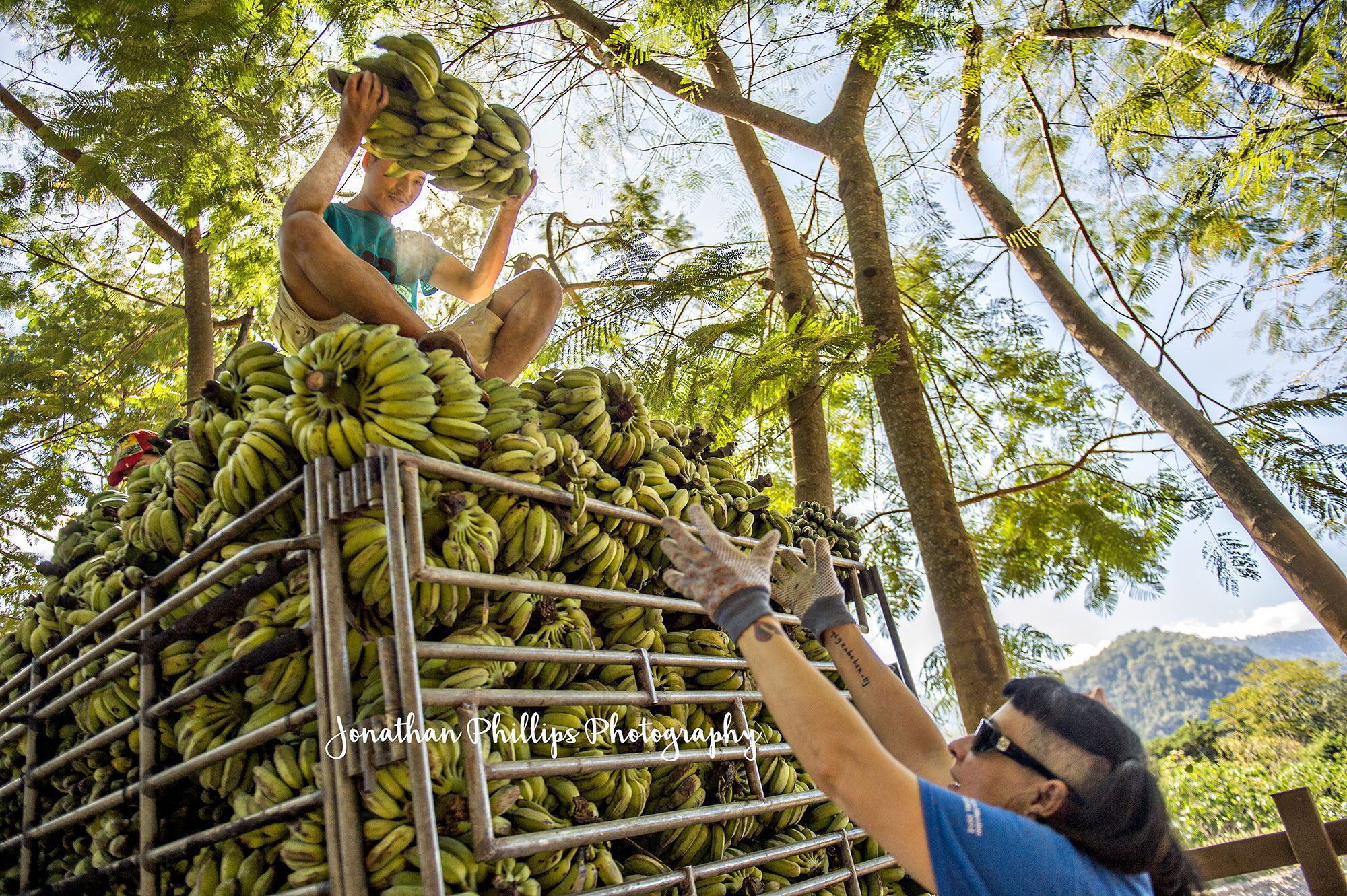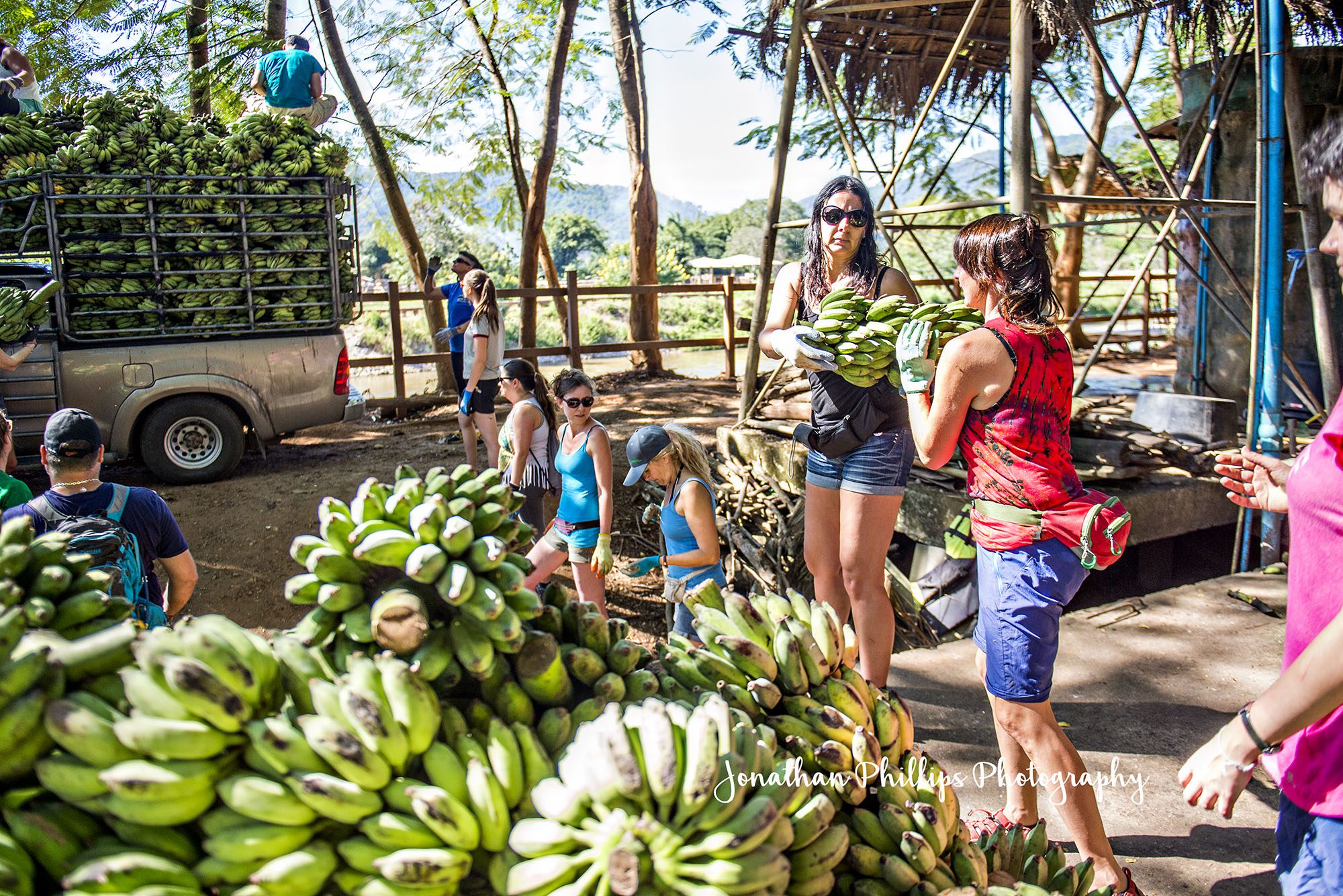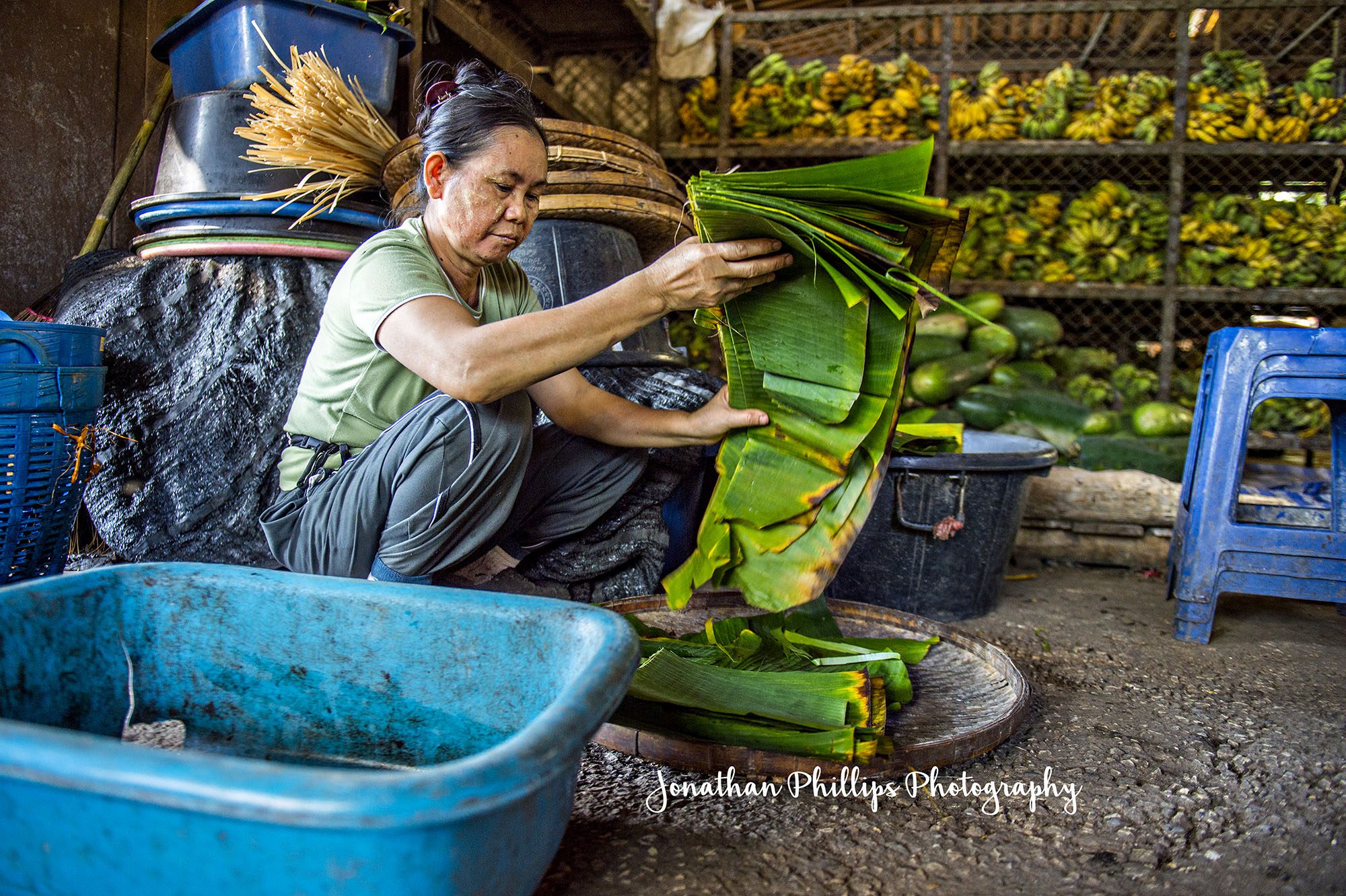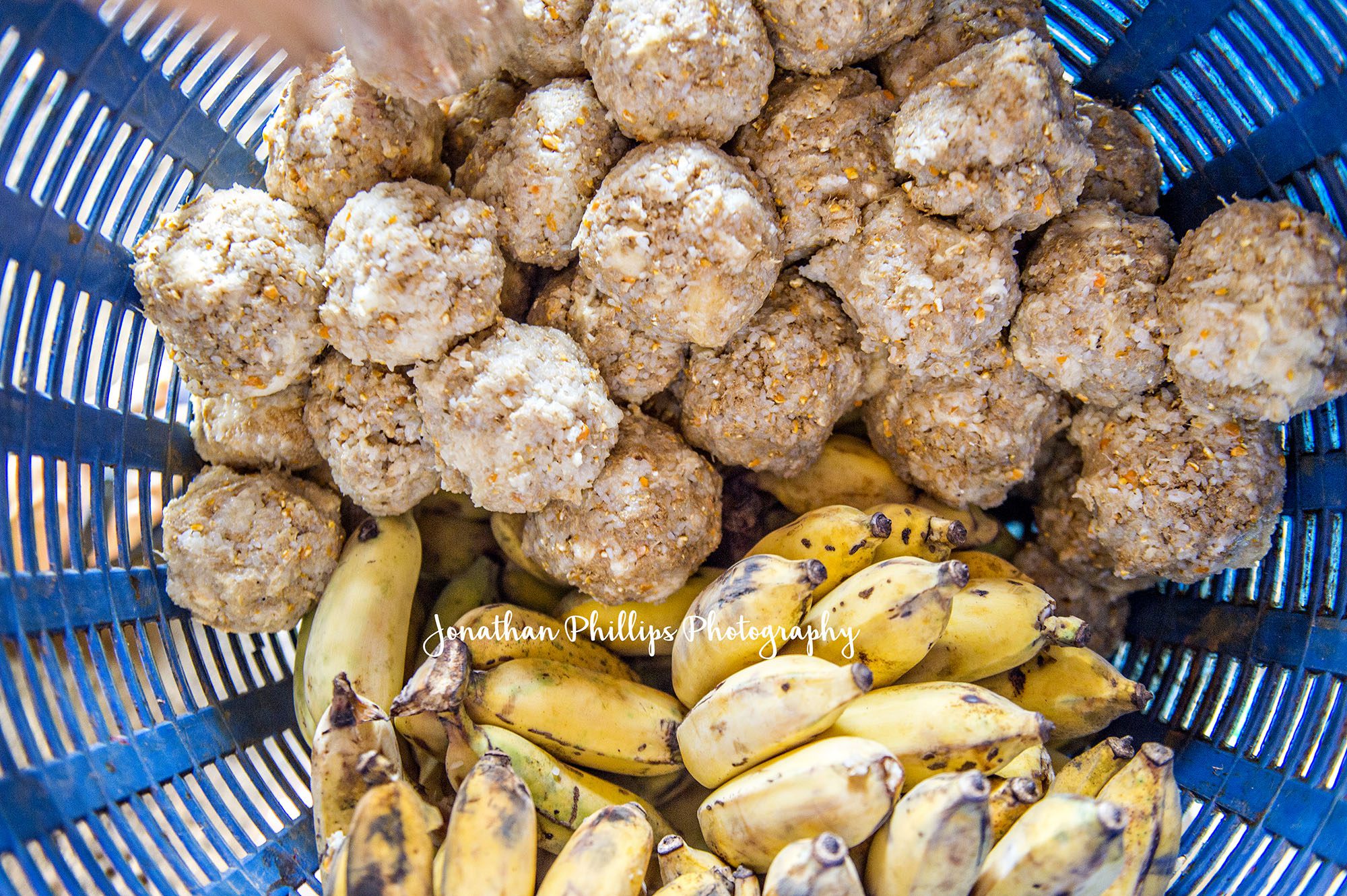One of the big draws to Thailand, at least for me, is their elephant population. At the beginning of the 20th century it is estimated that there were over 100,000 pachyderms calling Thailand their home. Due to numerous reasons, experts guesstimate that there are only 4,000 left today and only a third of that number can be found in the wild.
Thai people have incorporated elephants into their culture and sometimes everyday life. Historically, elephants were used for transportation and war and reigning monarchs maintained a large elephant corps. Next they were used in the logging industry until the Thai government outlawed it in 1989. Today the majority of elephants are used in the tourism industry with the options of being street performers and performing in circuses being the most common occurrences.
There are also a lot of options, even today, to ride on an elephant. As I first started researching things to do in Thailand, I am ashamed to admit that I was really excited at this prospect. How cool would it be to ride on the back of one of these majestic beasts like in some James Bond movie of old. Surely I would feel like a feather and the experience would be amazing.
Then I dug a little deeper…
A general misconception is that these amazingly large beasts are so powerful that they can withstand the most brutal conditions, hence their uses in war, for transportation and to haul giant fell timber for logging companies. This is however not true. An elephant’s skeletal system is weaker than expected with their backs being a particular vulnerable area. They are already hauling around a great amount of weight that even an average sized person can be dangerous and cause damage, much less a group of people on let’s say a carriage of sorts.
There is also the domestication process which in and of itself is pretty horrific. There is a process that is generally used to break the animal’s spirit and make it more susceptible to learning commands. The animals will be chained for weeks, unable to move. The trainers will then start delivering commands and using a short stick with a cutting blade at the end to get their point across. This is done pretty much carte blanch across the country whether it is a street performing elephant, a circus elephant, in the logging industry, which even though outlawed there are still occurrences of elephants being used, and especially for riding camps.
There is hope though…
There has been a shift in thinking by some people working with elephants in Thailand and there are places, while still considered touristy, that are working to change the perceptions and interactions with the animals. One such place is Elephant Nature Park. Founded by Lek Chailert in the 1990s, the sanctuary and rehabilitation center sits on 250 acres outside of Chiang Mai in northern Thailand. Somewhere around 200 elephants have been rescued since its opening and the change affected by Lek and her team is starting to grow into a new understanding and appreciation for these majestic animals. The most visible of these changes are the number of no-ride, rehabilitation and rescue parks in the Mae Taeng valley, Thailand in general and surrounding countries.
There are many ways to support the park through financial donations but the best and most rewarding way is to visit and volunteer.
The park offers numerous visits from one day excursions, overnight stays and week long volunteering stints. The park not only has elephants but a dog rescue as well as water buffalo and other animals.
I really wanted to spend a week volunteering to feed, wash, clean and take care of these animals but with timing being what it was for this trip I finally had to opt for an overnight stay. It’s a good middle ground option that allows you to get a little more intimate with the park. The morning started early with a ride from Chiang Mai into the Mae Taeng valley where the park is located. After finishing the final paperwork and check in process the group I was in were given our first glimpse of elephants. From a platform we were able to hand feed Lucky.
Lucky was born in 1985, she worked in a circus since she was only 4 years old. In her late teens, she developed an eye infection and was still forced to work under the bright spotlights, which further irritated her infected eyes. The combination caused total blindness in both her eyes. Performing while blind was very stressful for Lucky. Her former owner stopped her from performing but stayed with a circus using her for rides and posing for pictures all day long. Finally, the owner realized that this job was too much for her and brought her back home. Unfortunately, she was kept chained in the back yard all the time. With no income, they decided to sell her because they could no longer afford to feed her. Lucky has been at ENP since 2013.
We were then taken on a tour of the facilities by our guide Sai and visited the various herds and families. We watched them cool off in the river, take dust baths, eat and eat and eat, we fed them and even got to bathe one with buckets (note that this is no longer an option as of April 2018).
As the day came to a close and the single day visitors started to leave we were given a chance to visit the dog rescue and play with the puppies for a while before dinner. At dinner we sat with all of the week long volunteers. There were people from all over the world, France, Gibraltar, Australia, Scotland and Canada, just to name a few. The group dispersed after dinner and I opted to hang out with some of the volunteers as we sat overlooking the river and watched the sun go down. We stayed up late into the evening, telling stories and drinking.
Elephants are like big roosters sometimes. I bet you didn’t know that. Neither did I. That’s why I sat bolt upright in my bed at 4 a.m. the next morning to the unexpected sound of elephant’s trumpeting the new day to all that cared to hear. After breakfast (another family style meal), the volunteers made their way to their different jobs while my group covered the park once more. With around 75 elephants at the park, there were plenty of new faces to see and herds to meet. Once we got to the edge of the park proper we started to hike through the surrounding rain forest along a steep, but walk-able, mud trail. We carried bunches of bananas with us for there were some elephants living in the forest and they needed their lunch as well. We hiked to two different family units and fed them as many bananas as we had before stopping for lunch at a spot overlooking the valley.
After getting back into the main part of the park, we crushed bananas and rice into balls and peeled soft bananas to take to the older residents. Behind us a large group of the volunteers had gathered to unload a truck stacked high with fresh cut bunches of the yellow fruit. They started unloading the truck as we mashed the balls together and stacked them in a bright blue basket. As a final treat we took our delicacies over to Lucky and some of the older elephants and hand fed them their favorite meal.
This is one of my favorite moments from this trip. Although short, the time spent at Elephant Nature Park, will stay vivid and last a lifetime. The softness of an elephant’s skin, the deep orange and bright yellow of their eyes that burns like a fire in the sunshine. An early, still morning before the care taking begins, the 4 a.m. wake up call, getting to meet Lek and her partner Derek in person. All of these moments over two short days.

